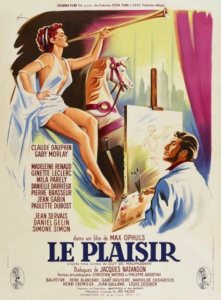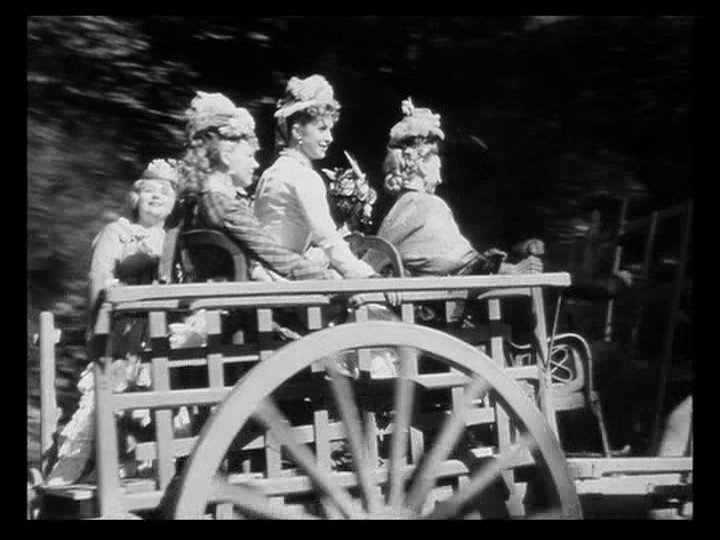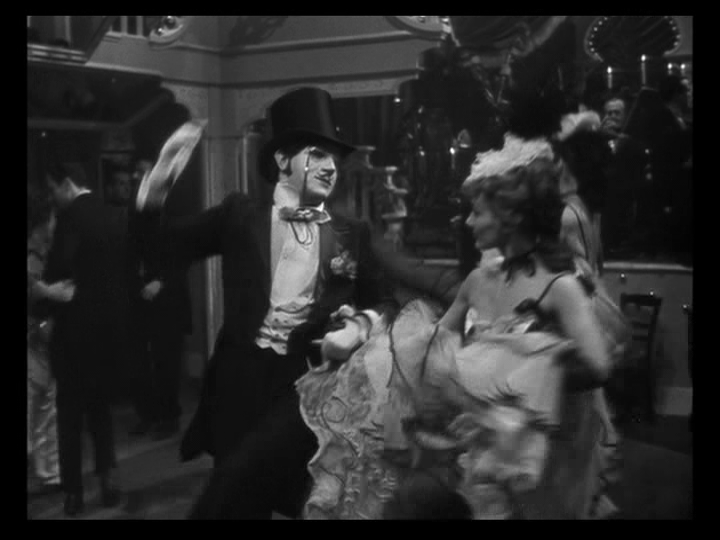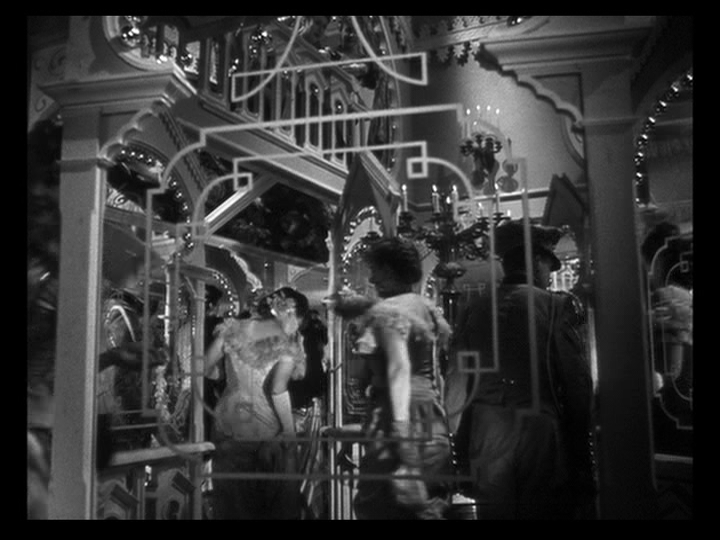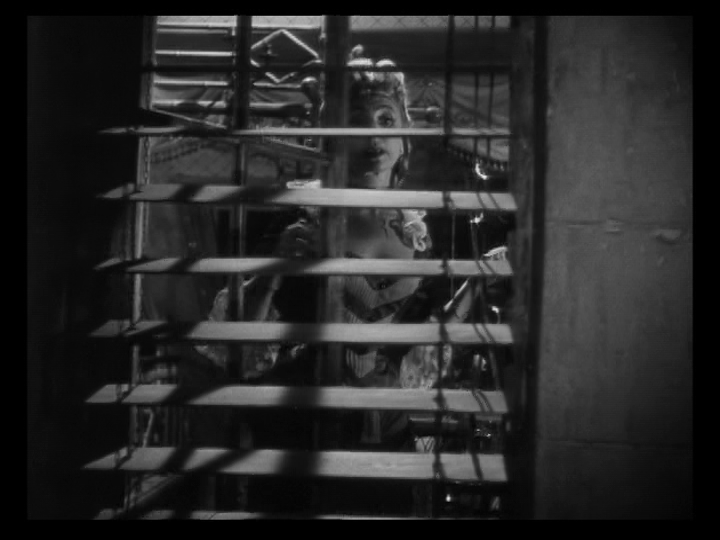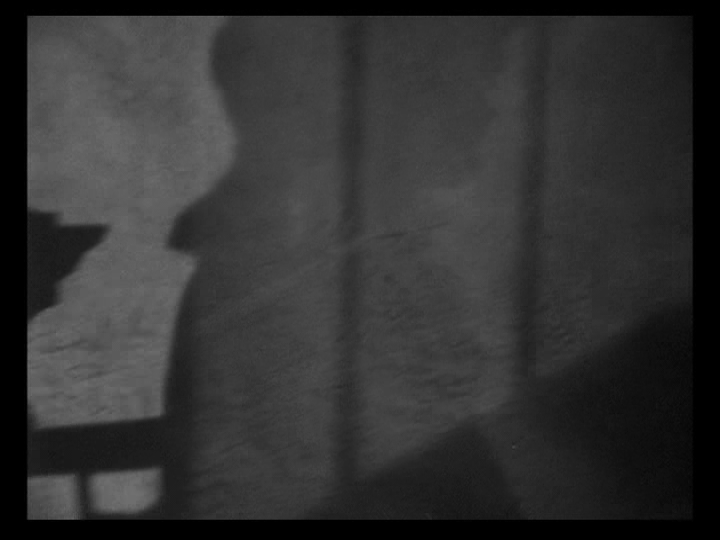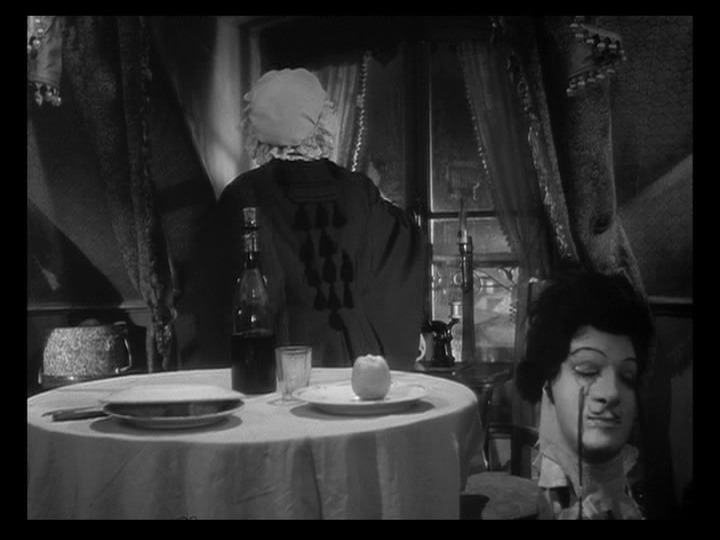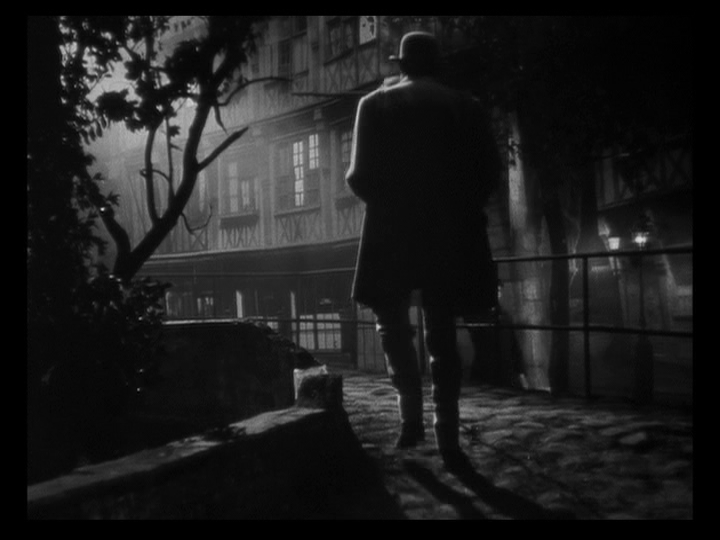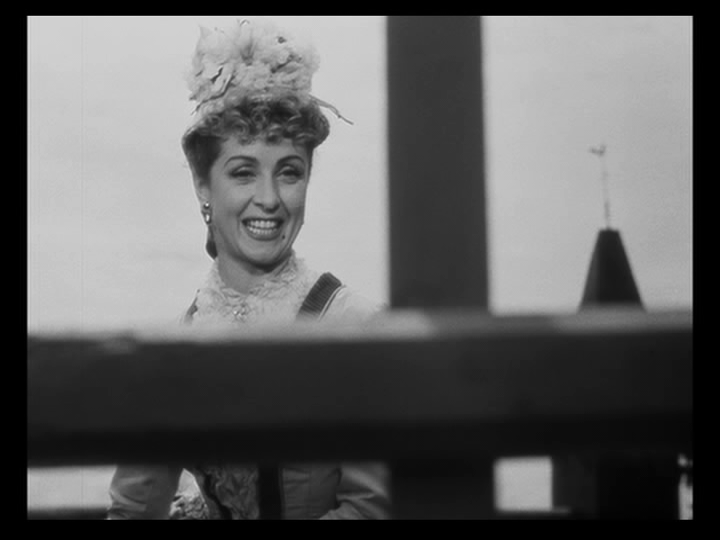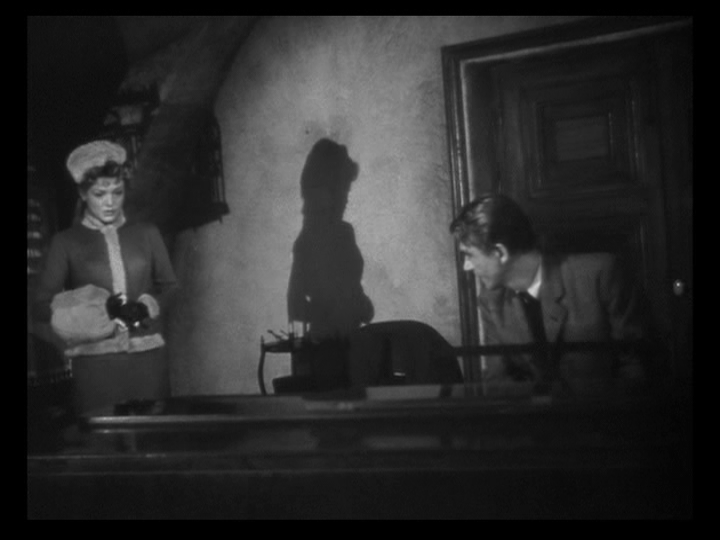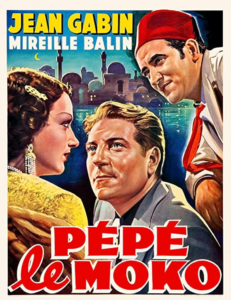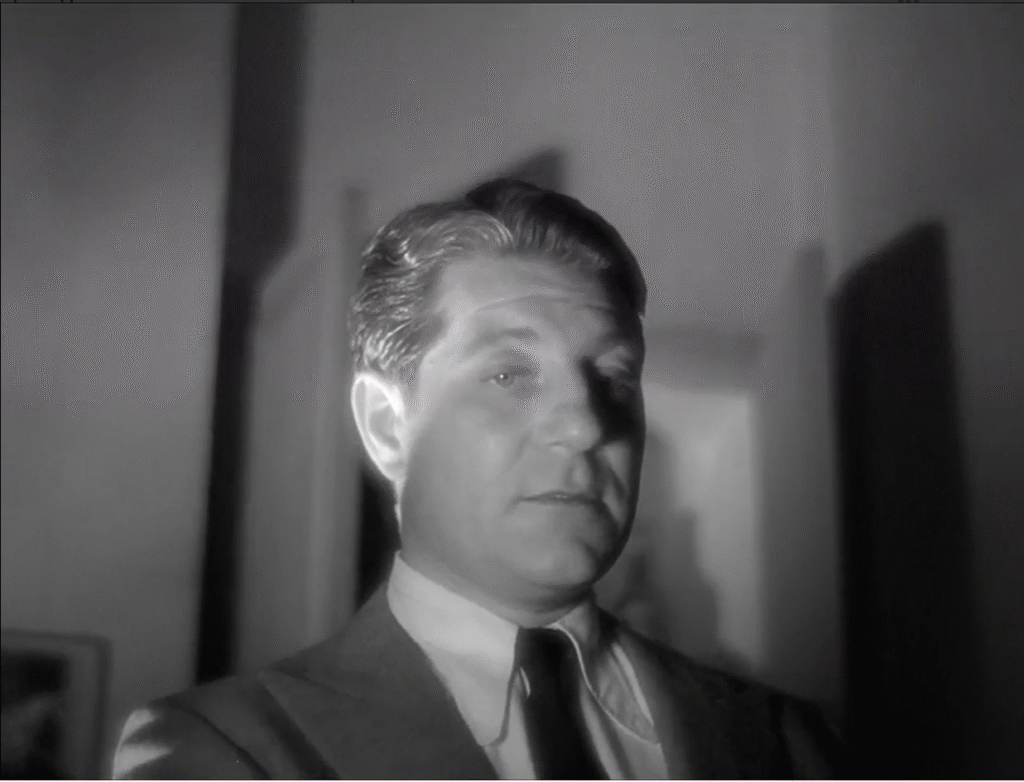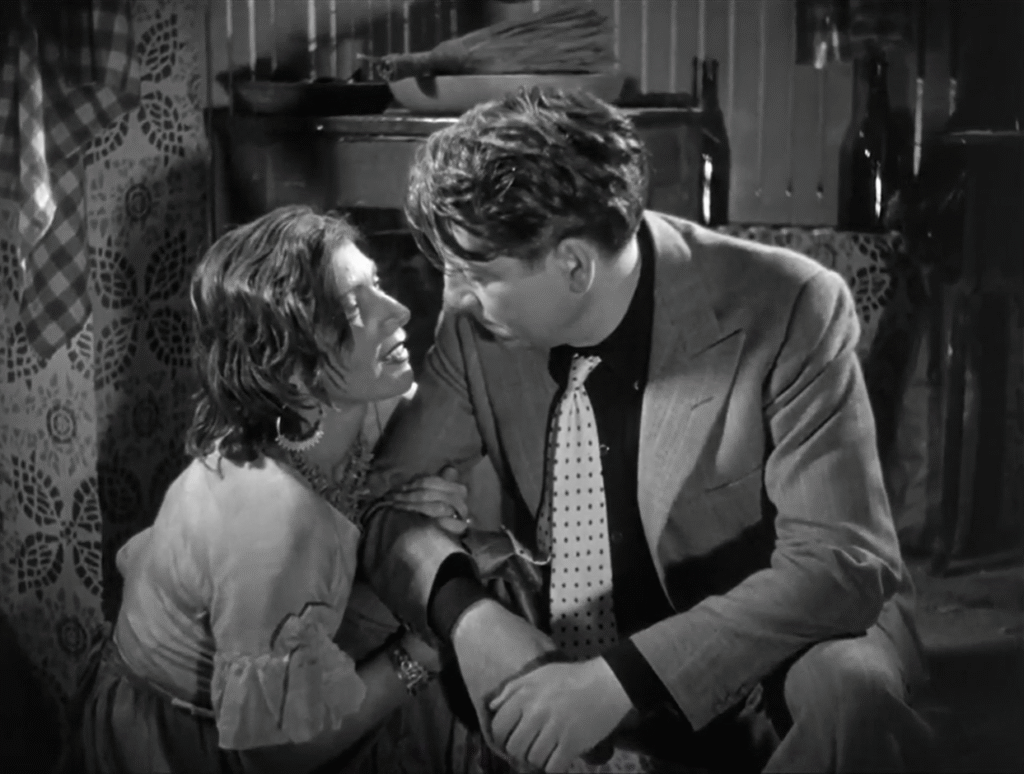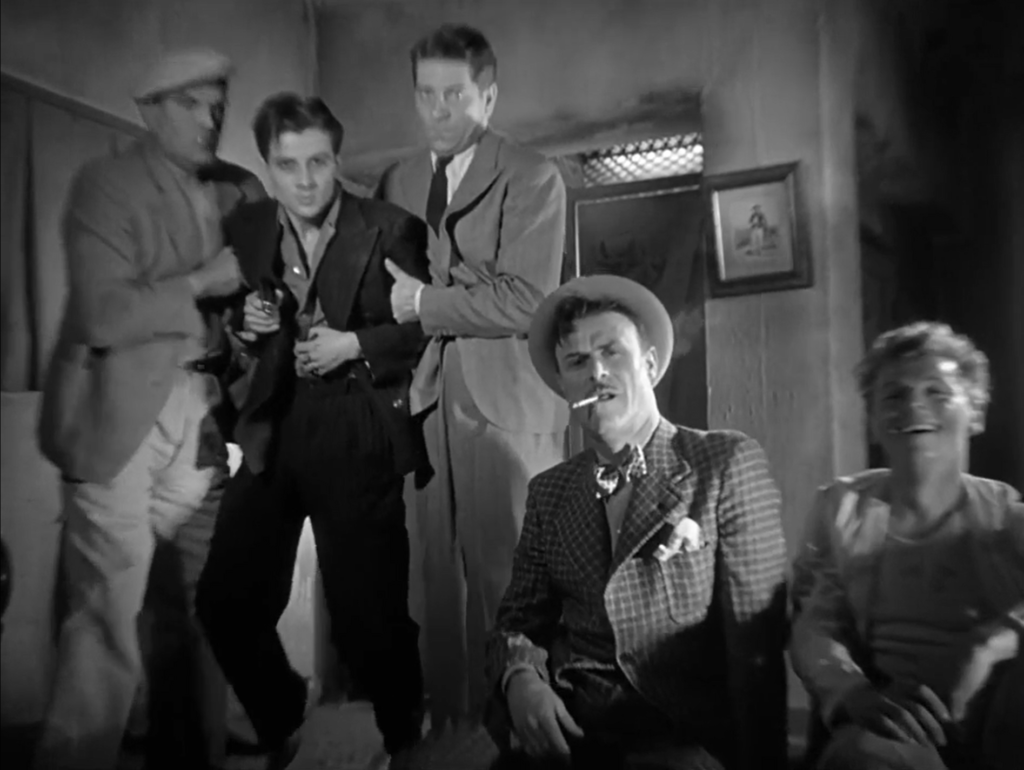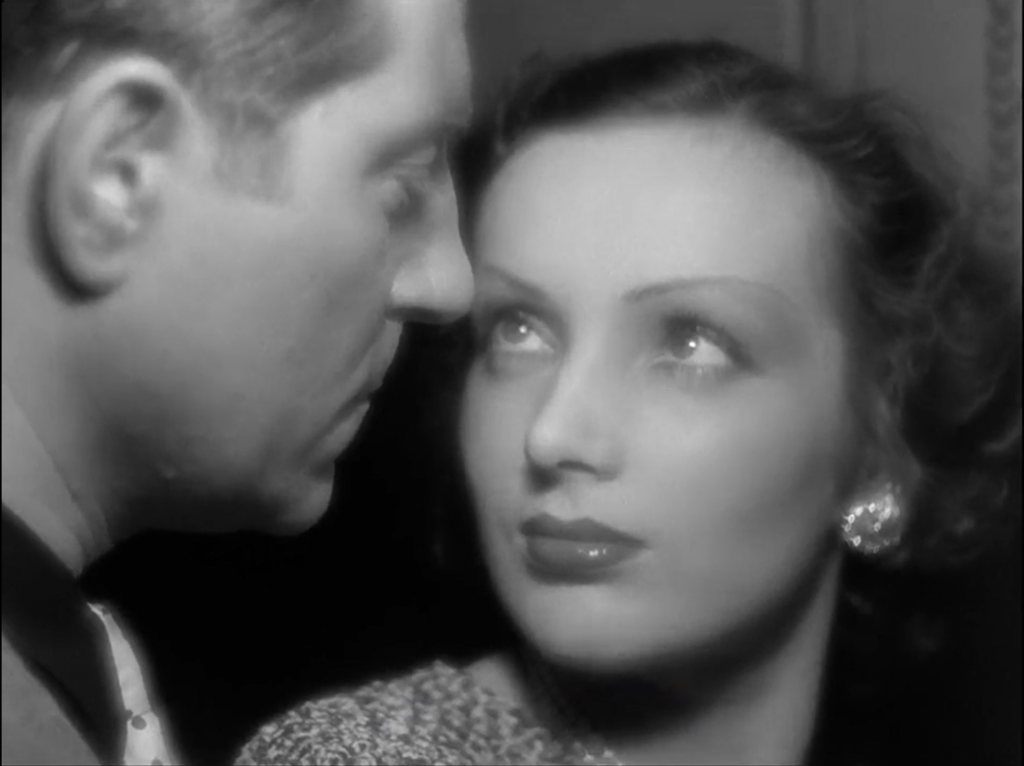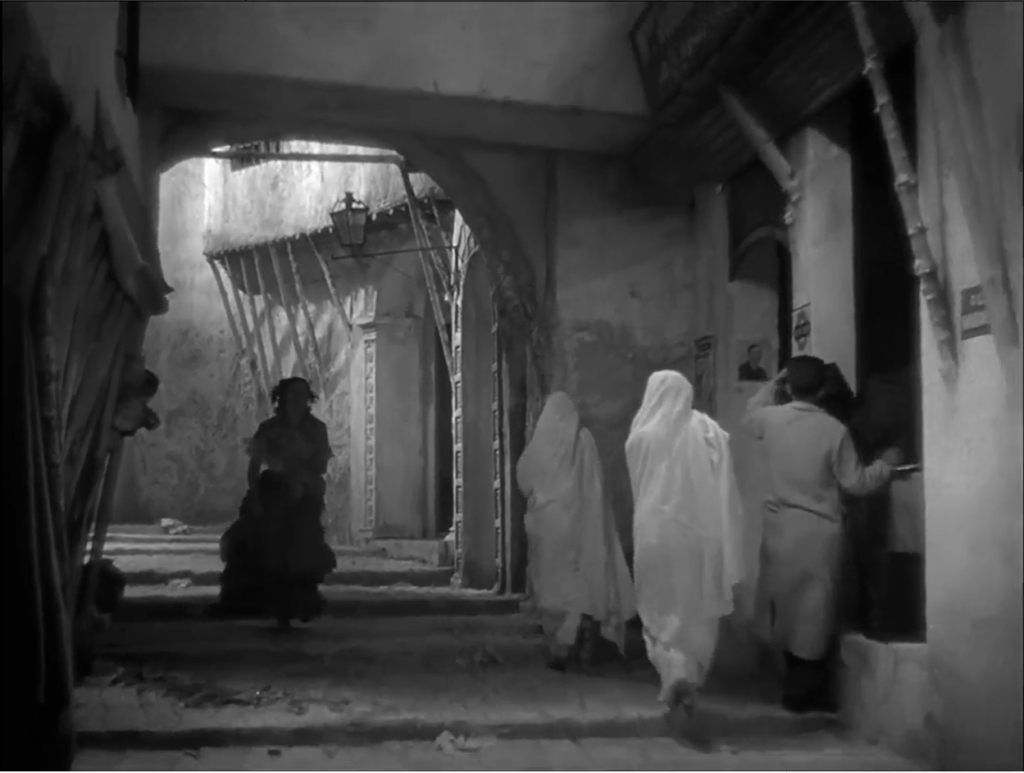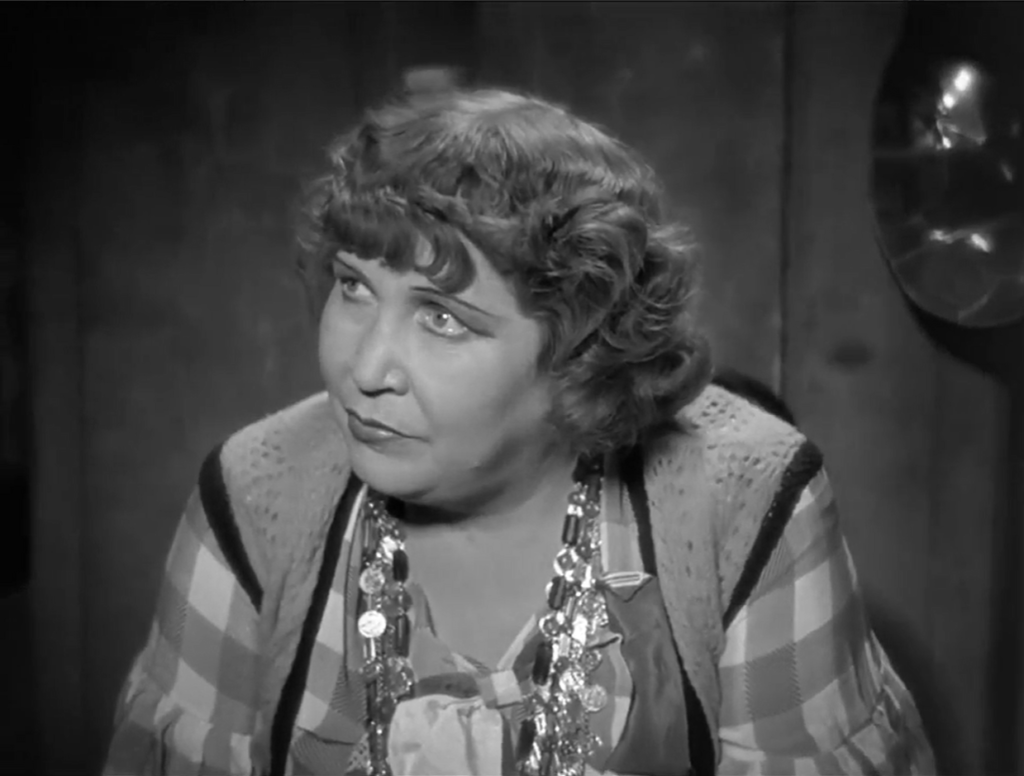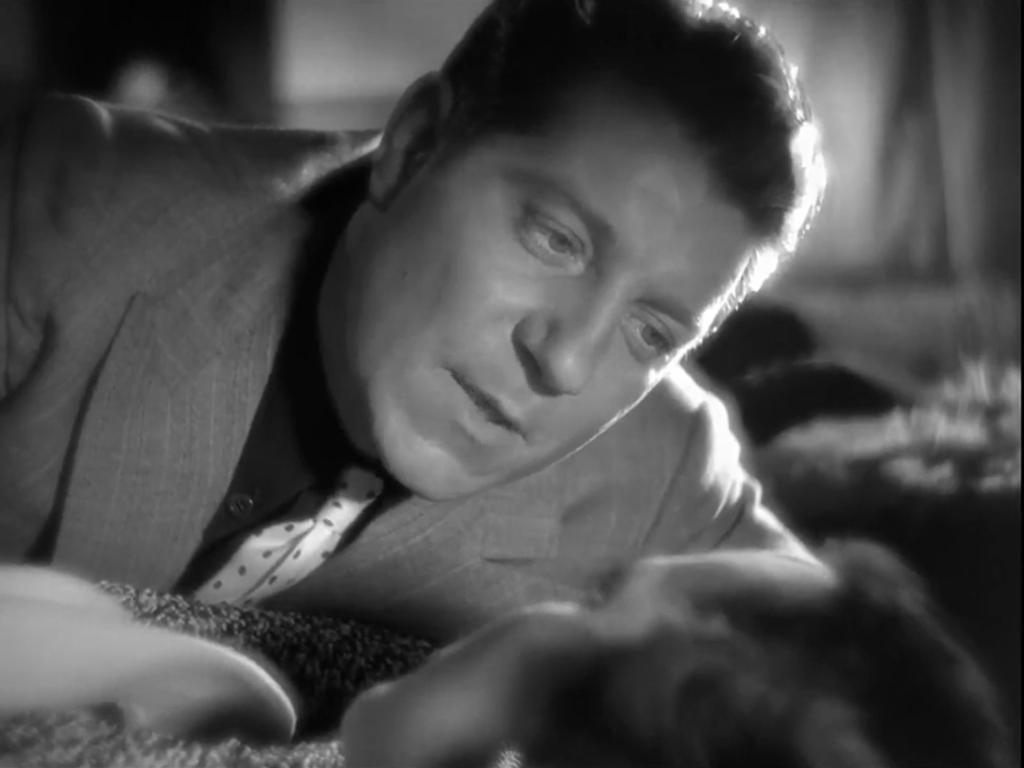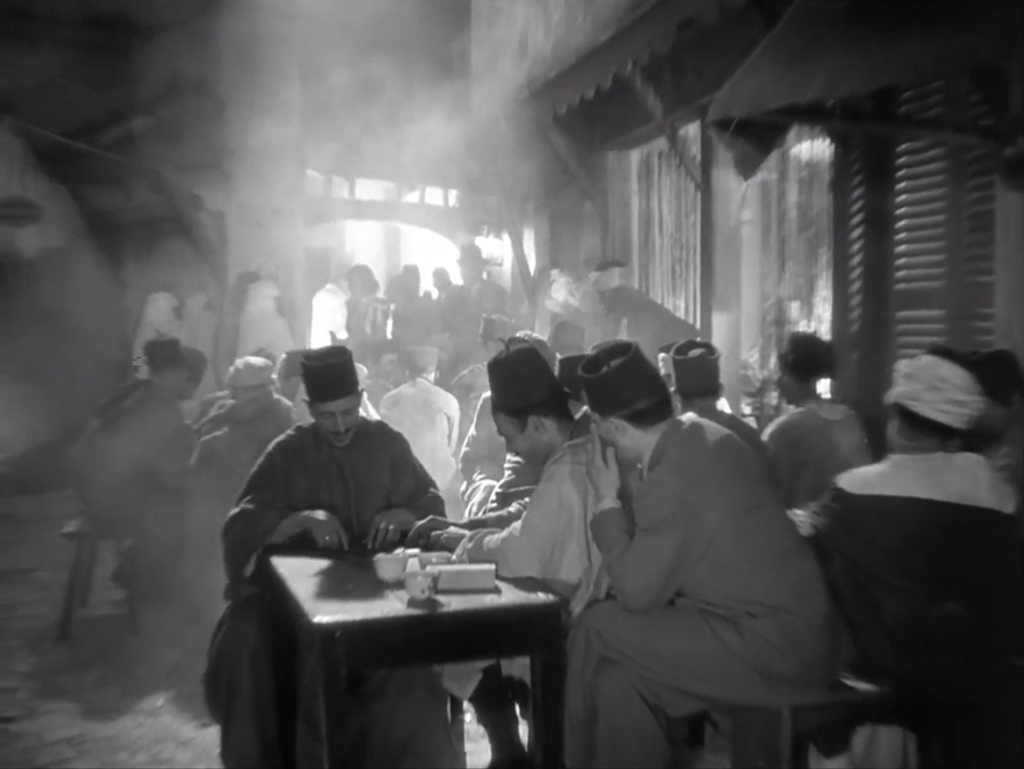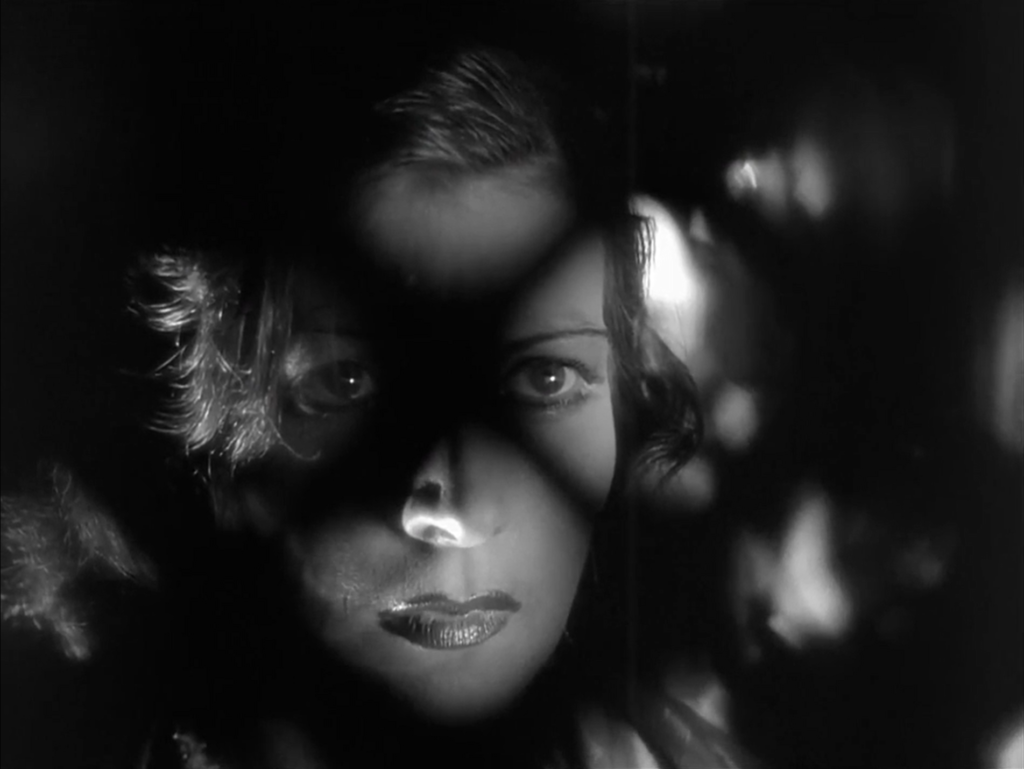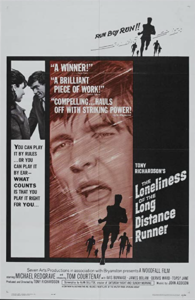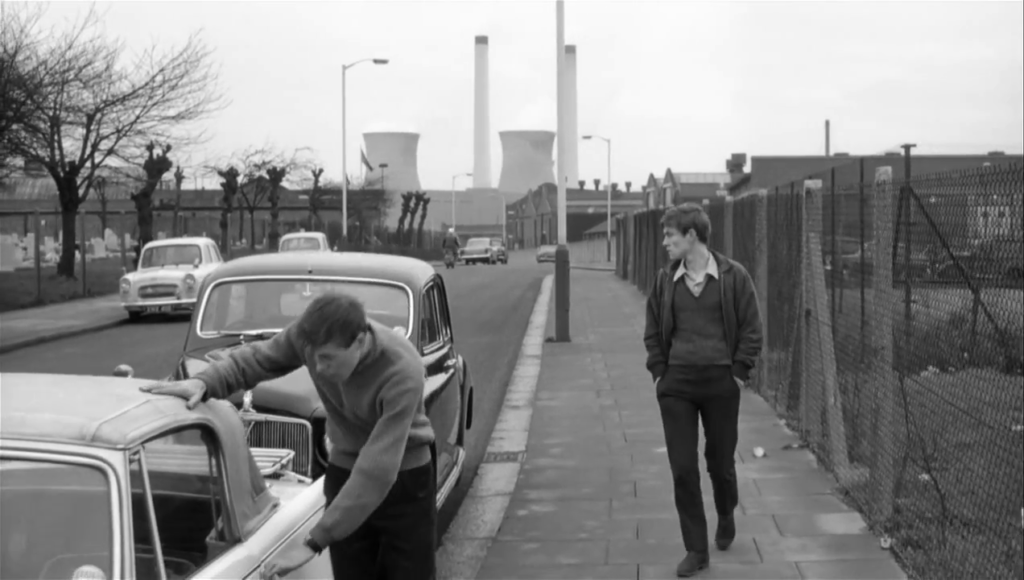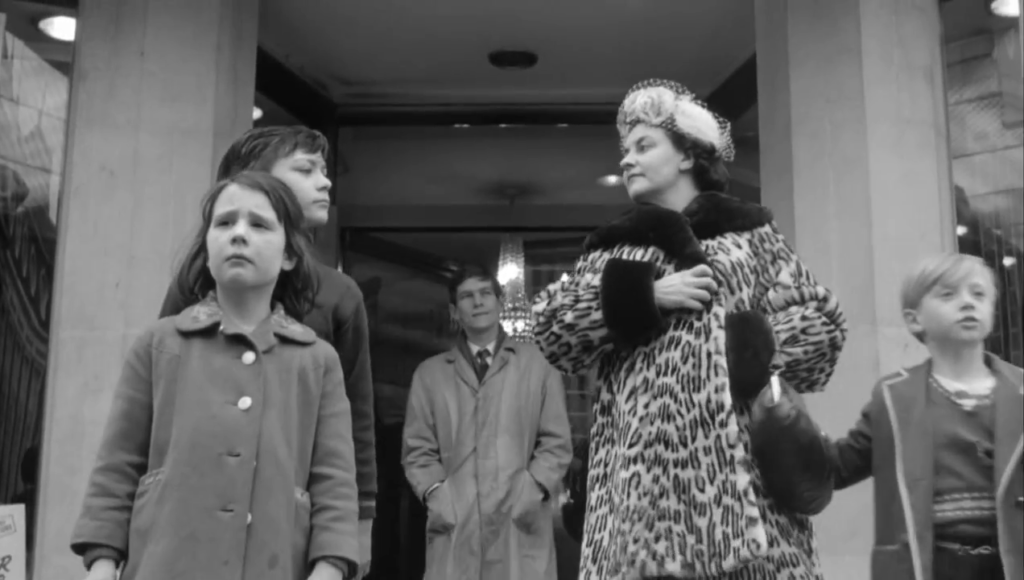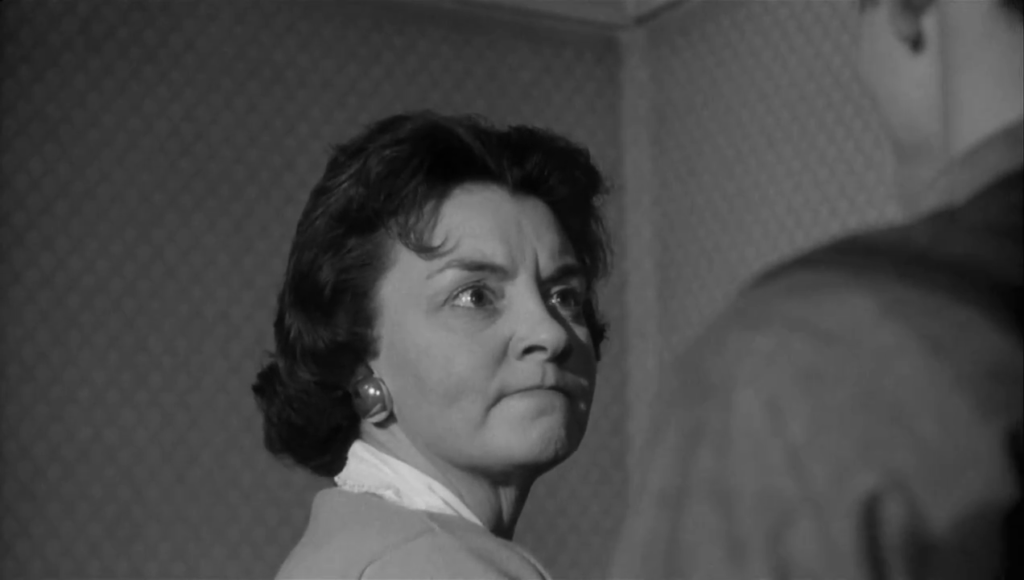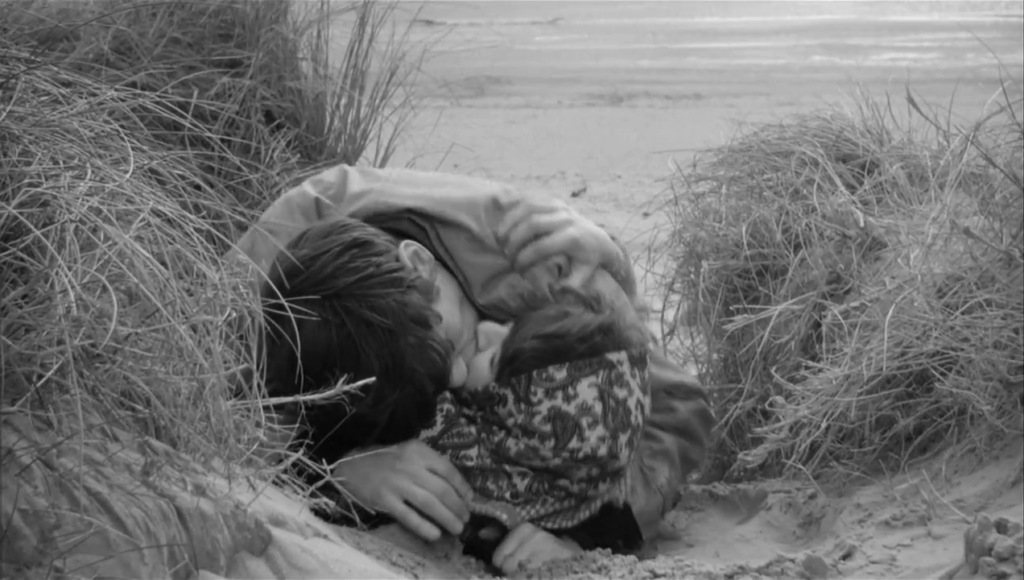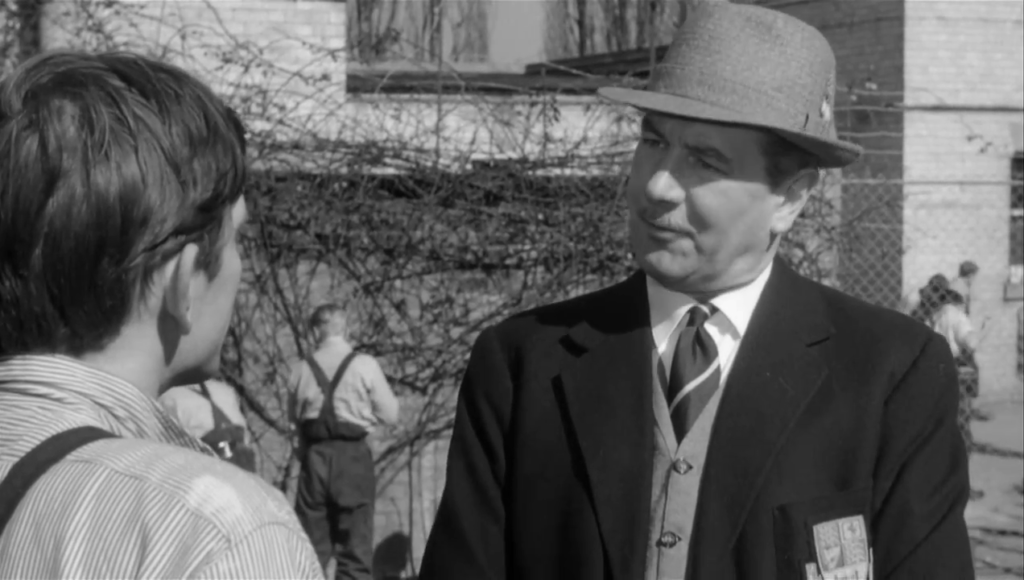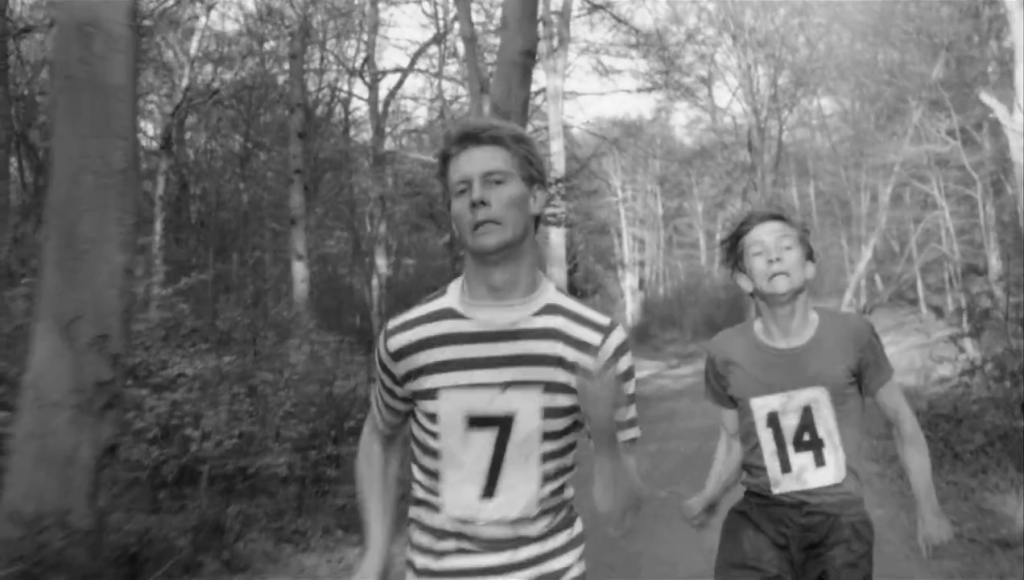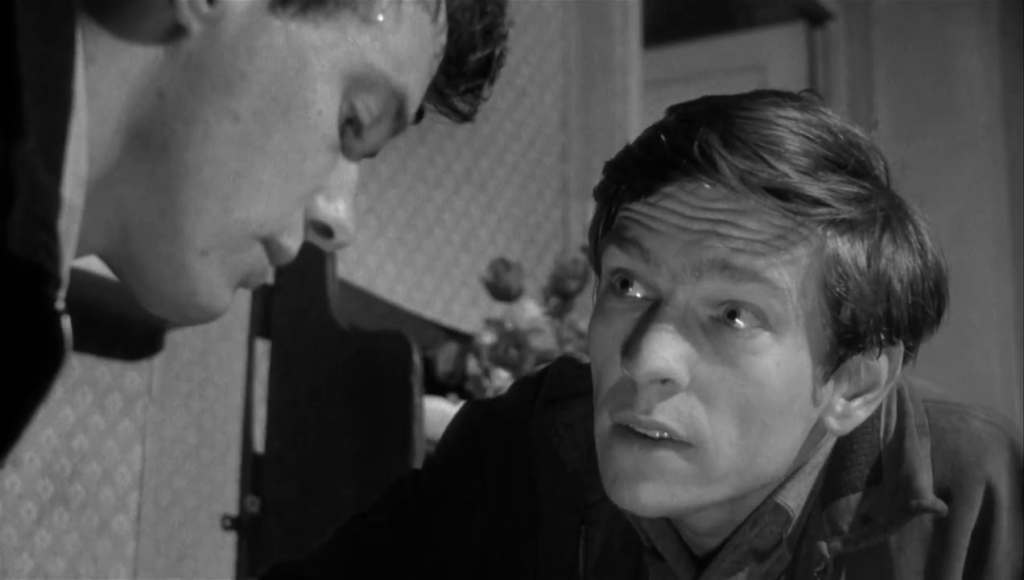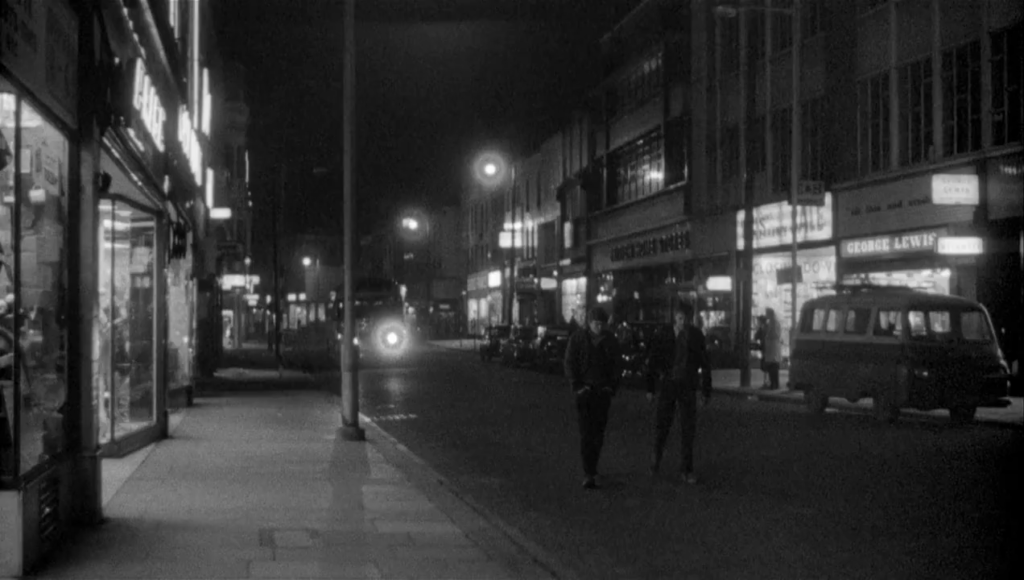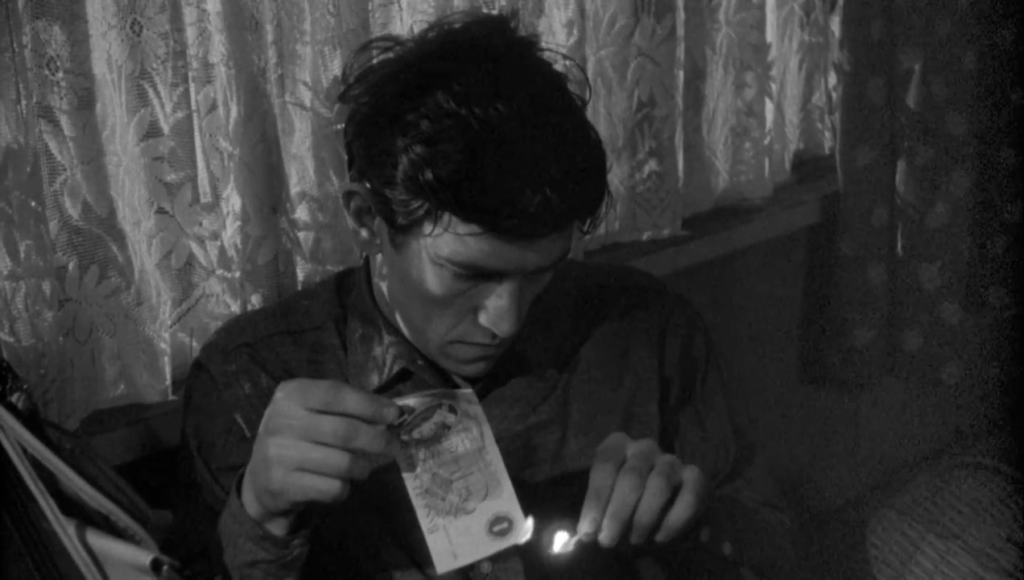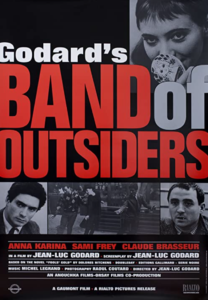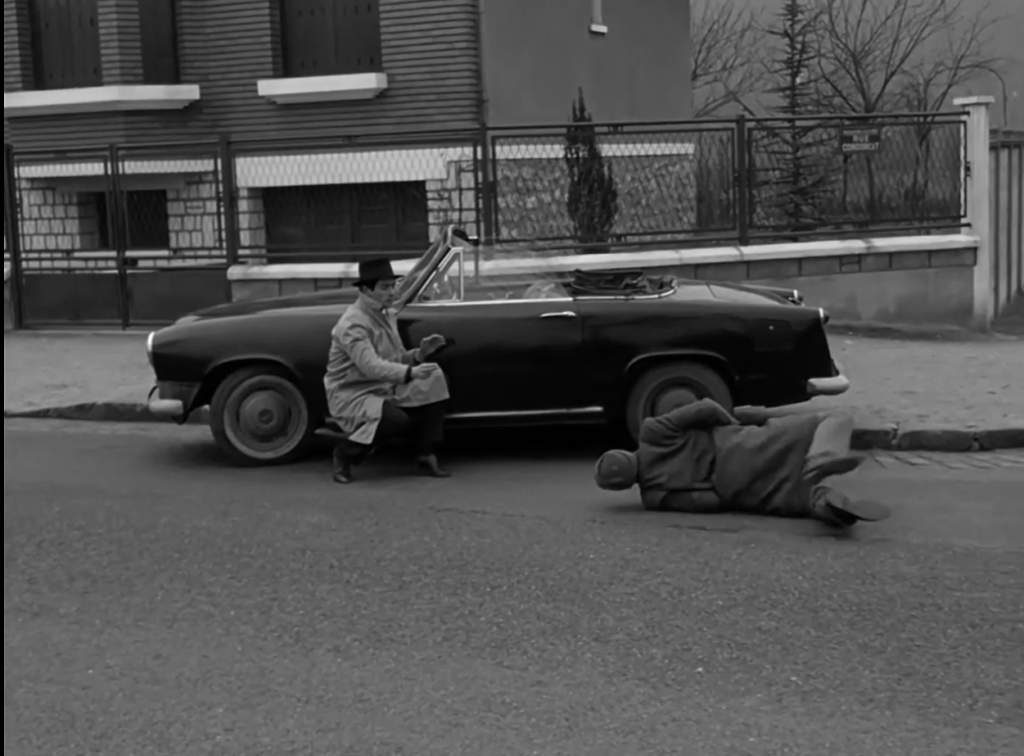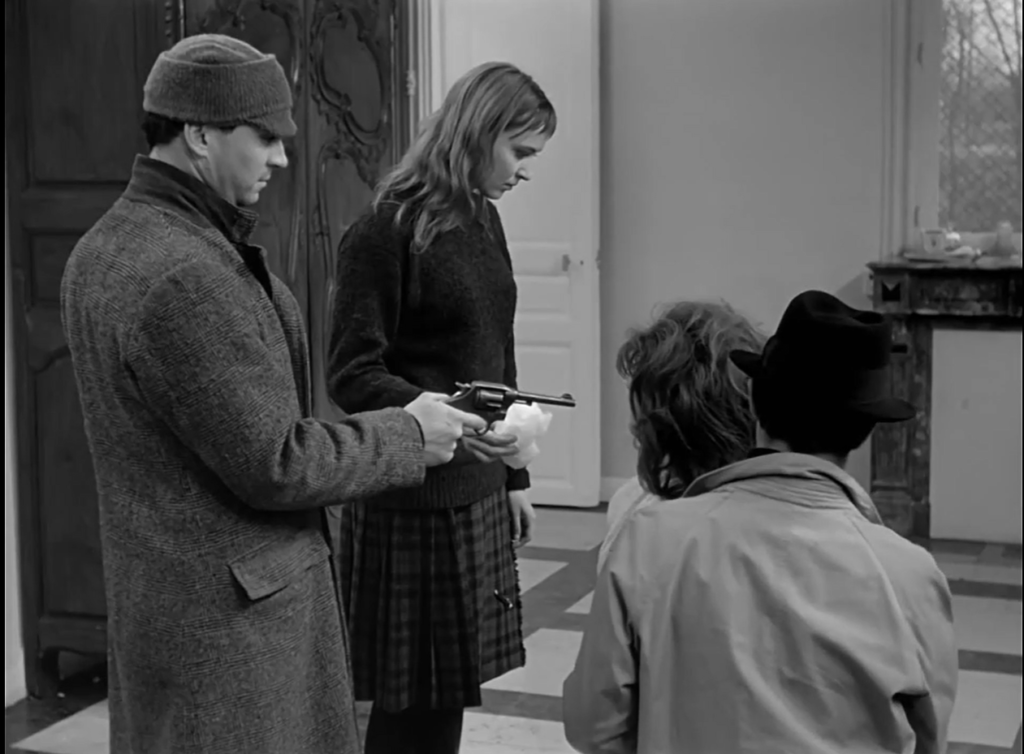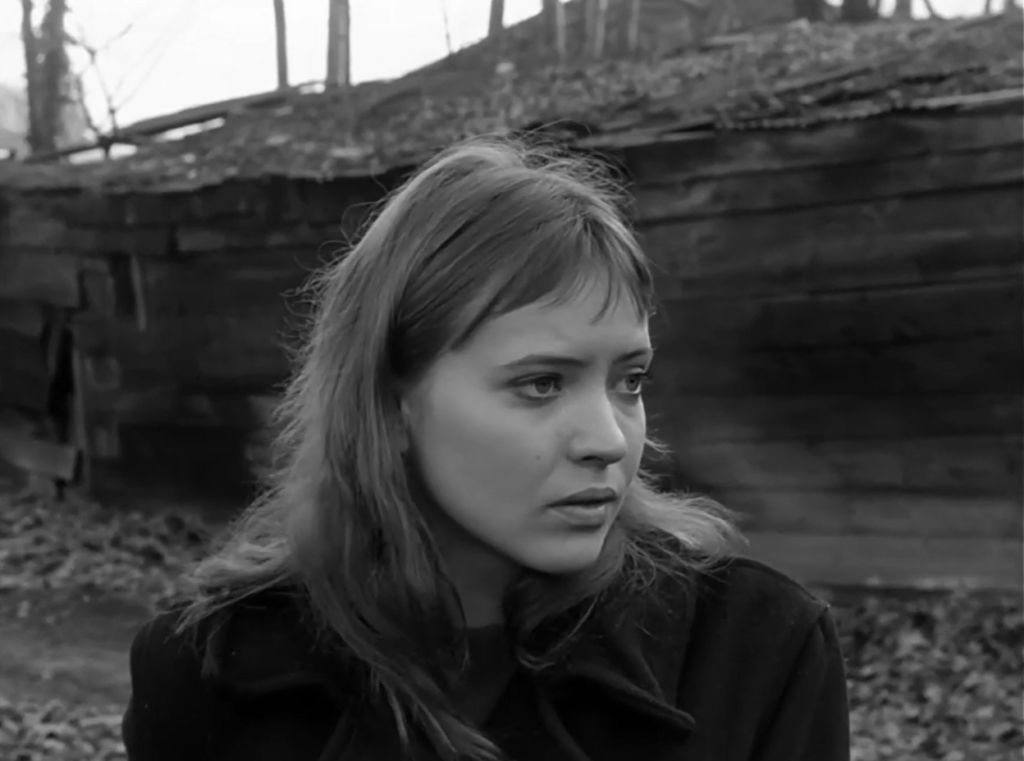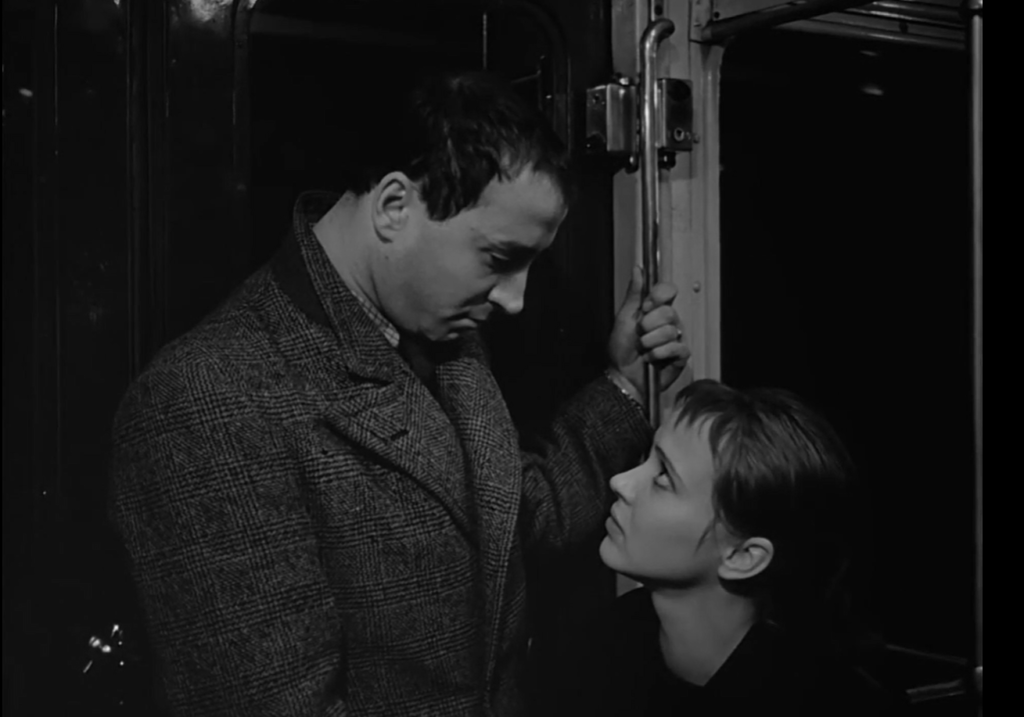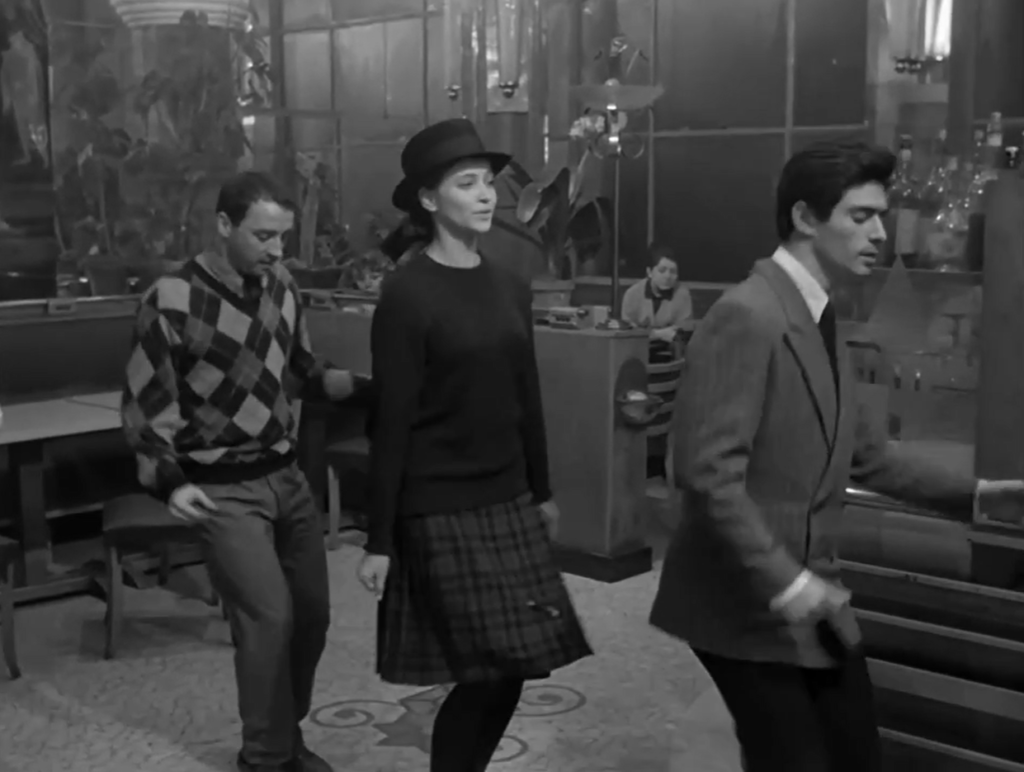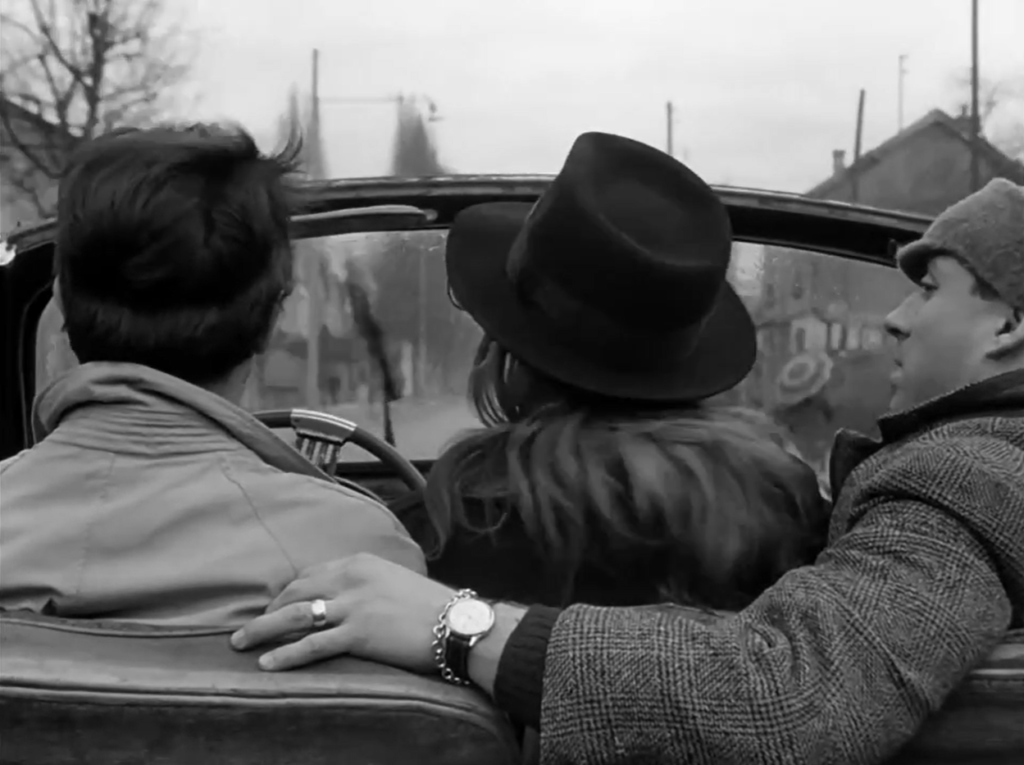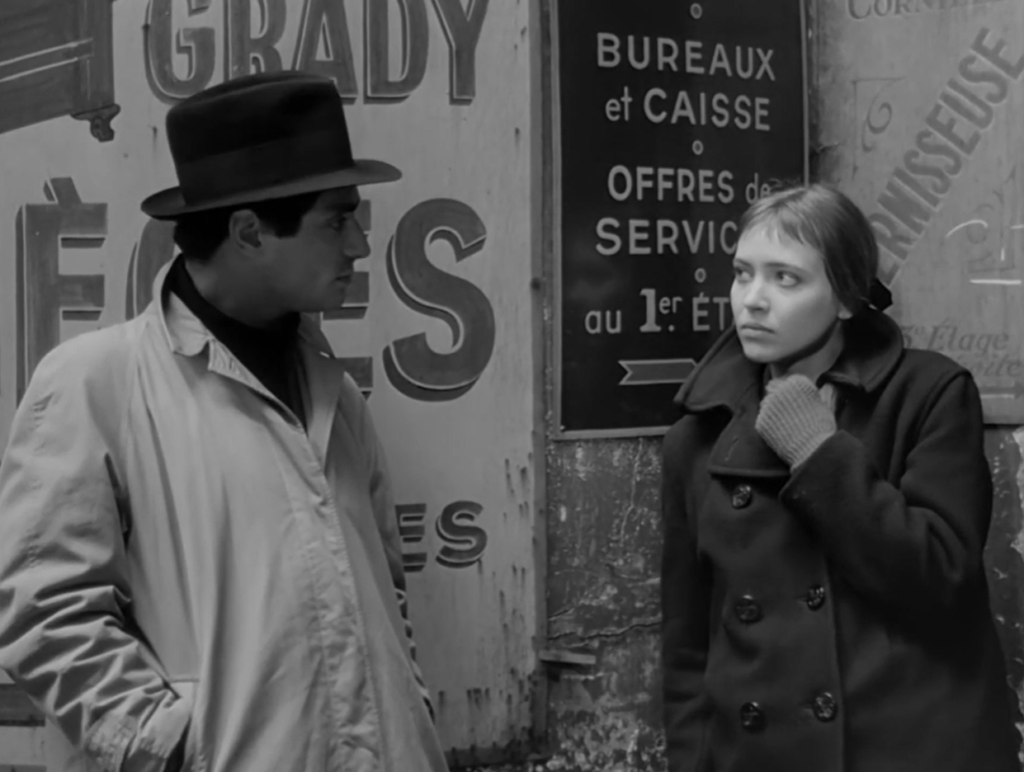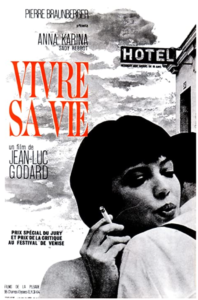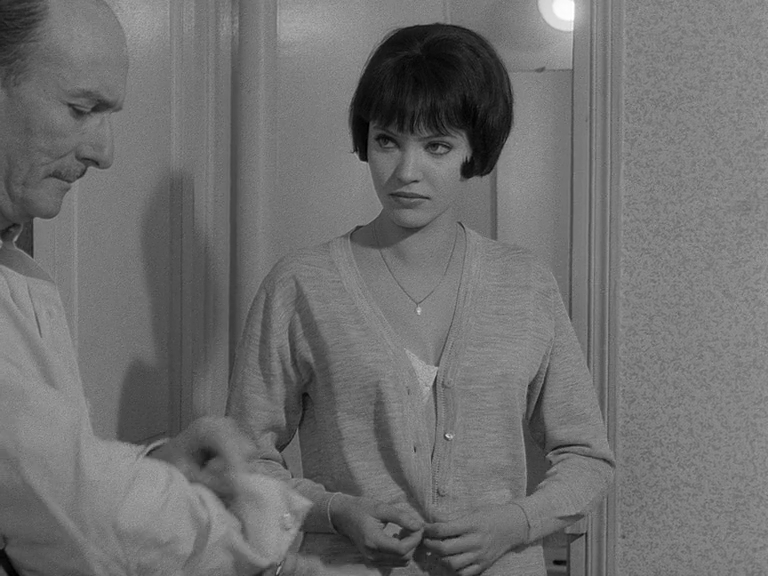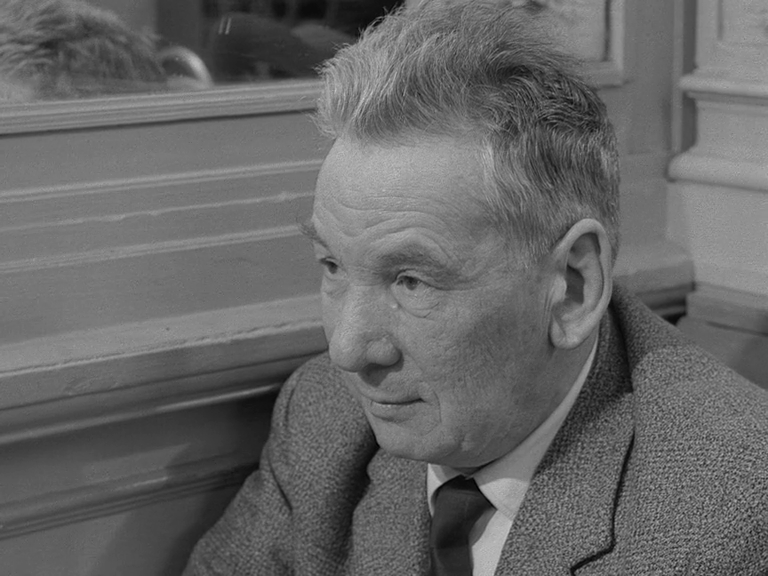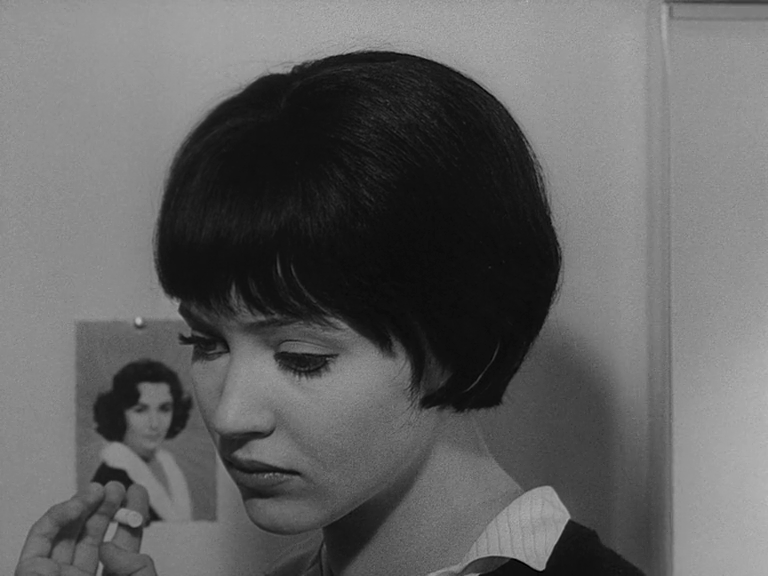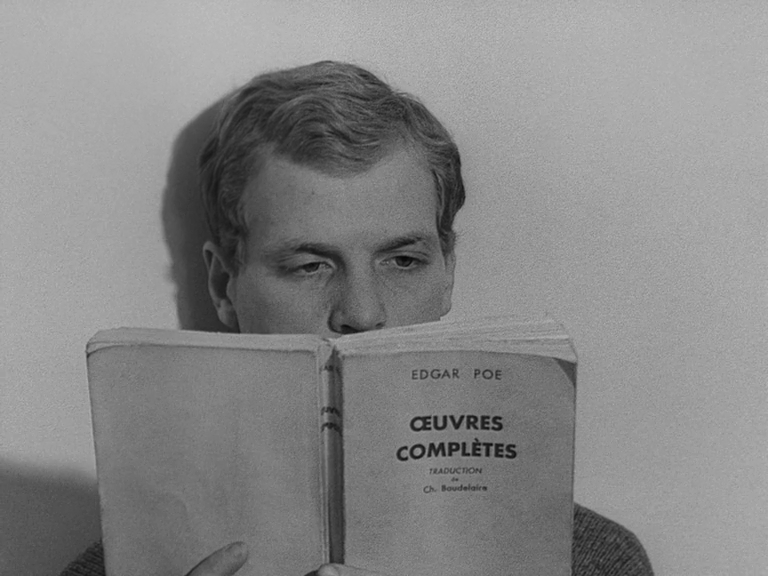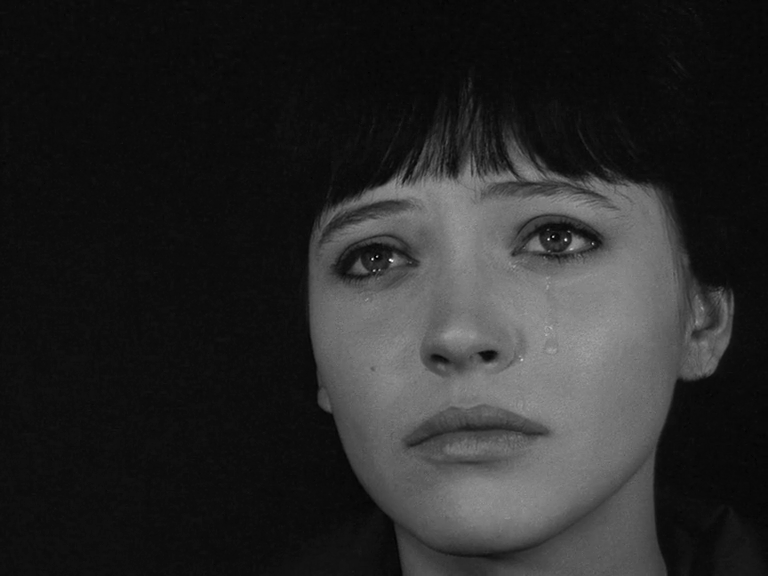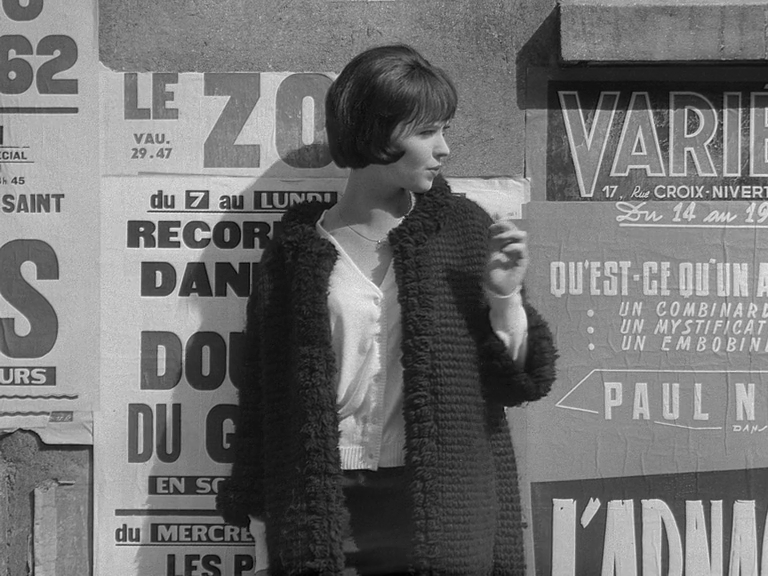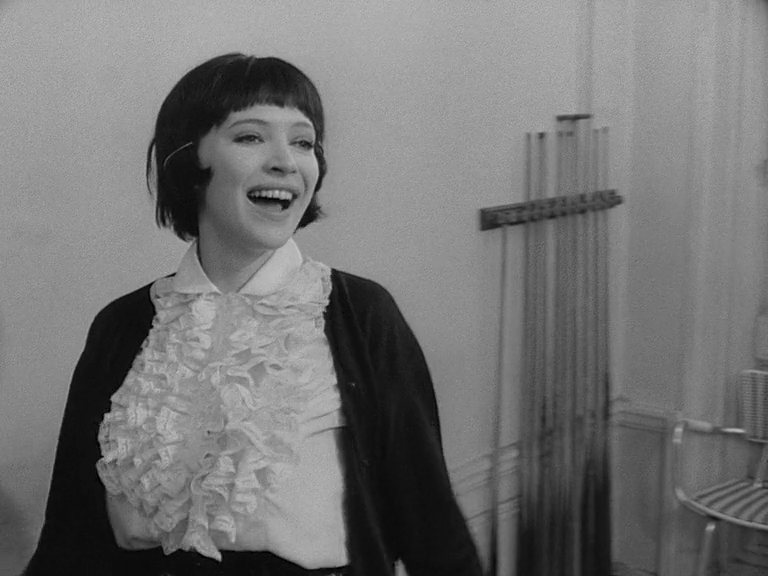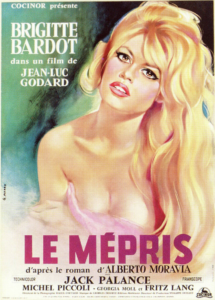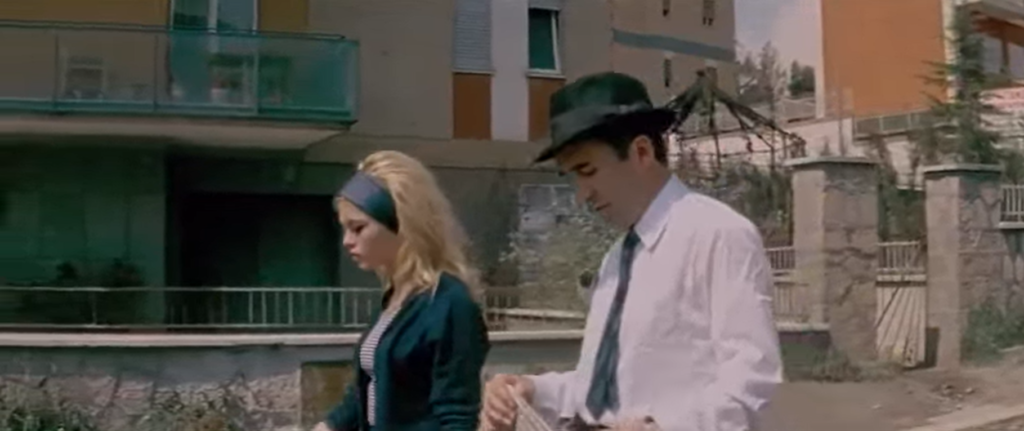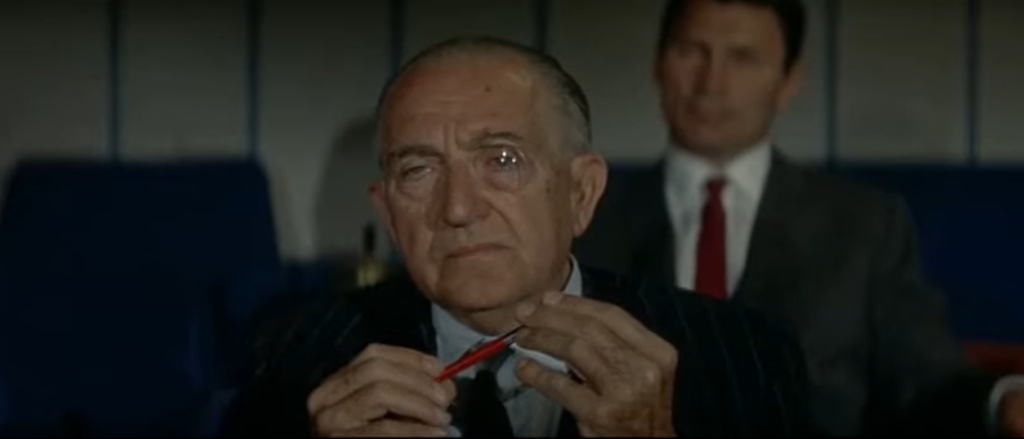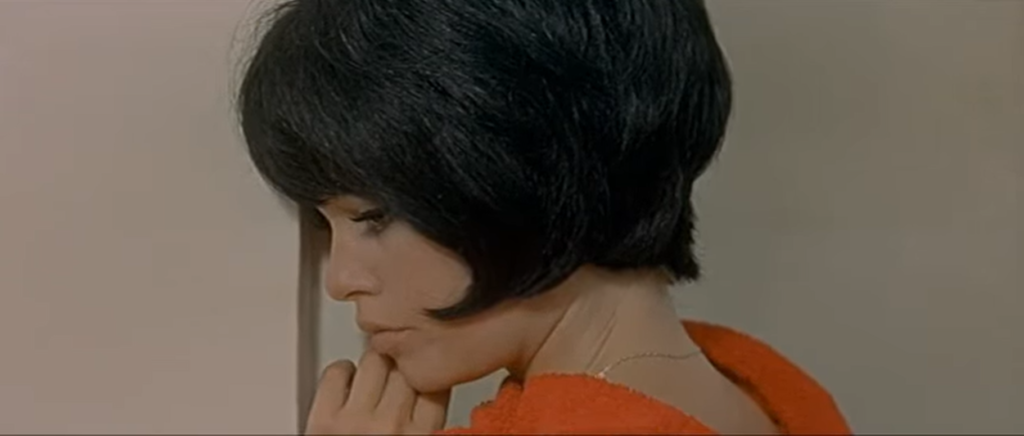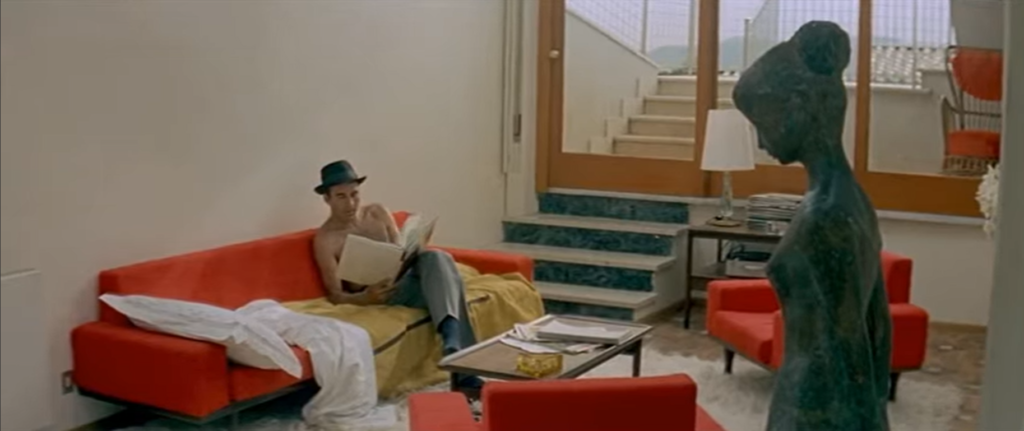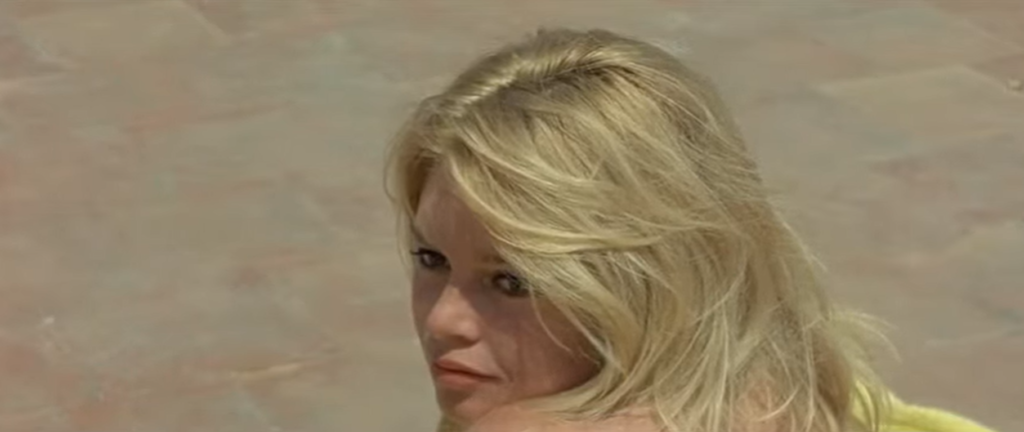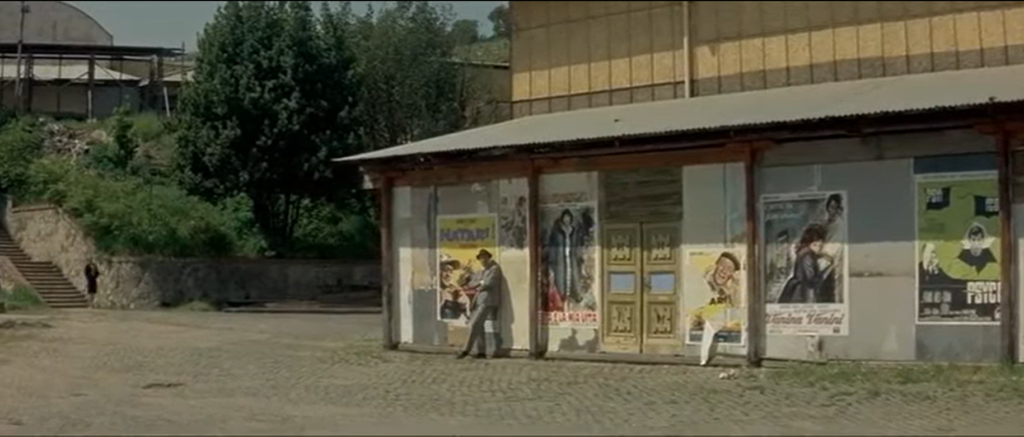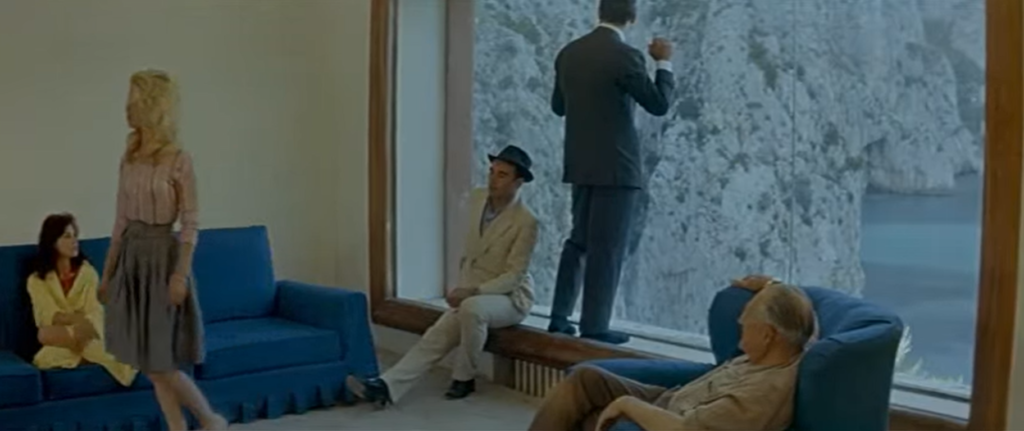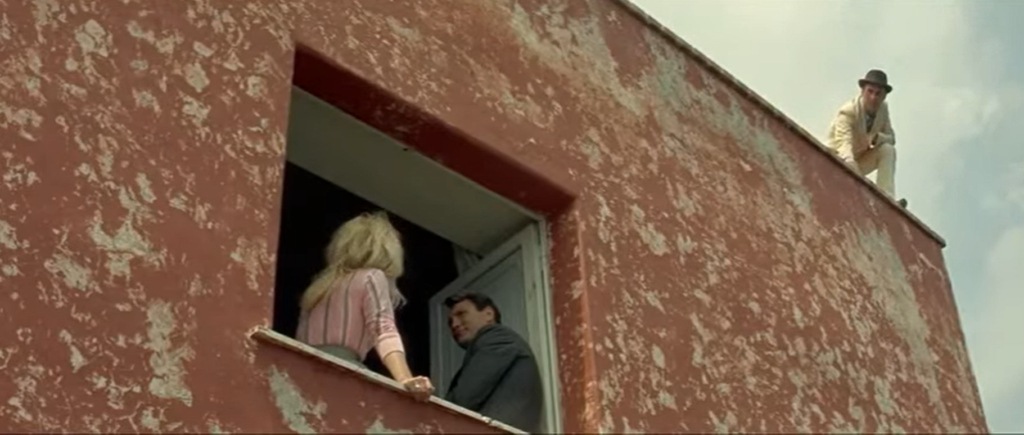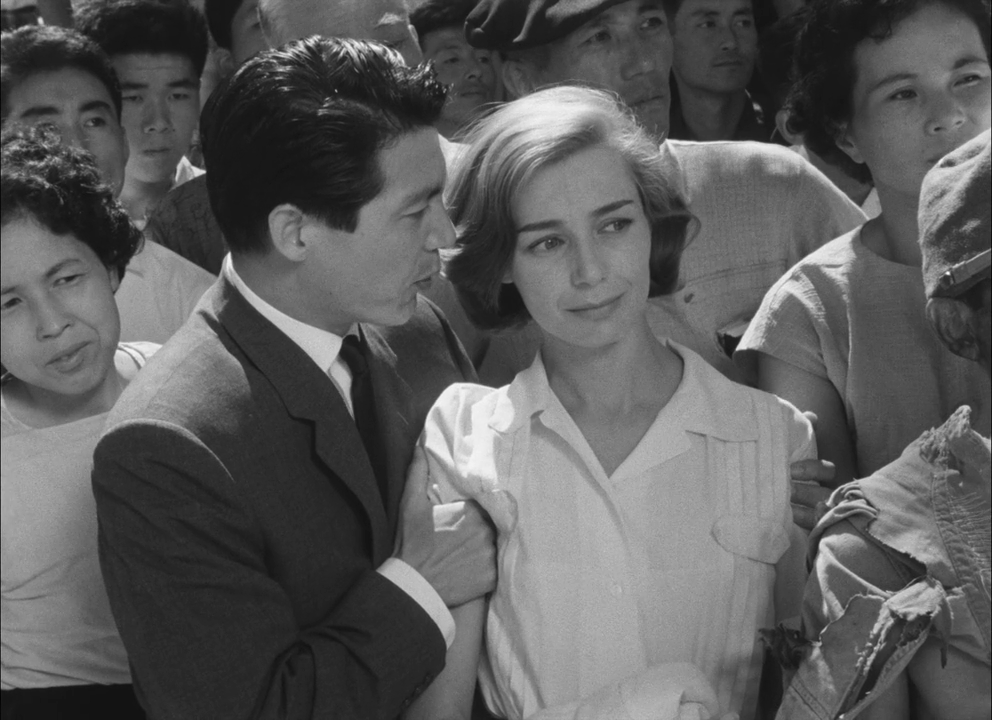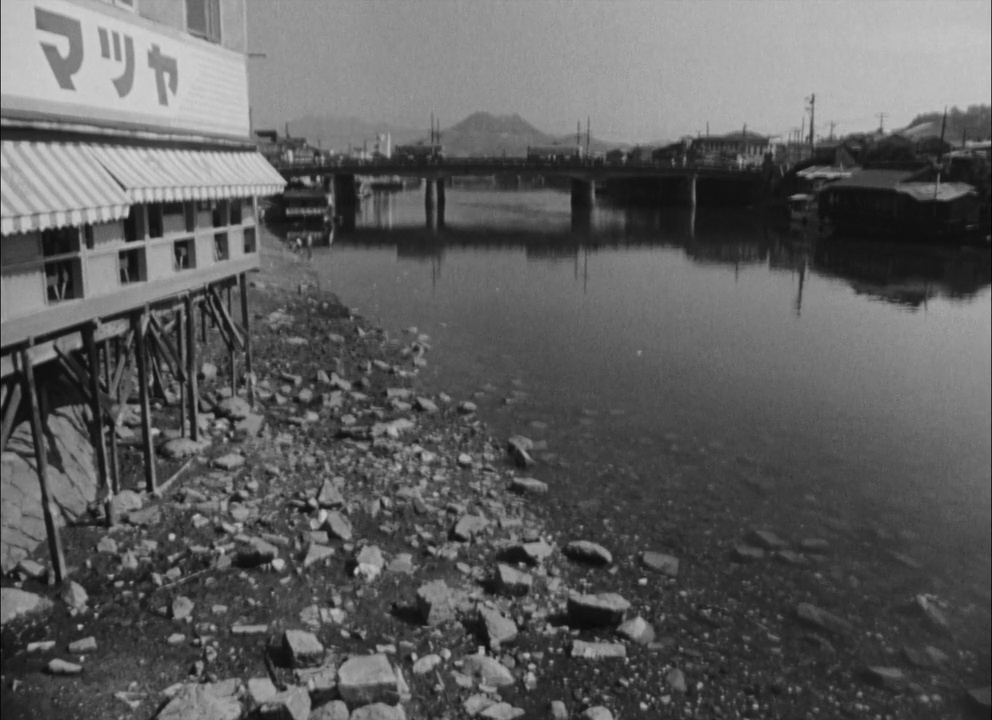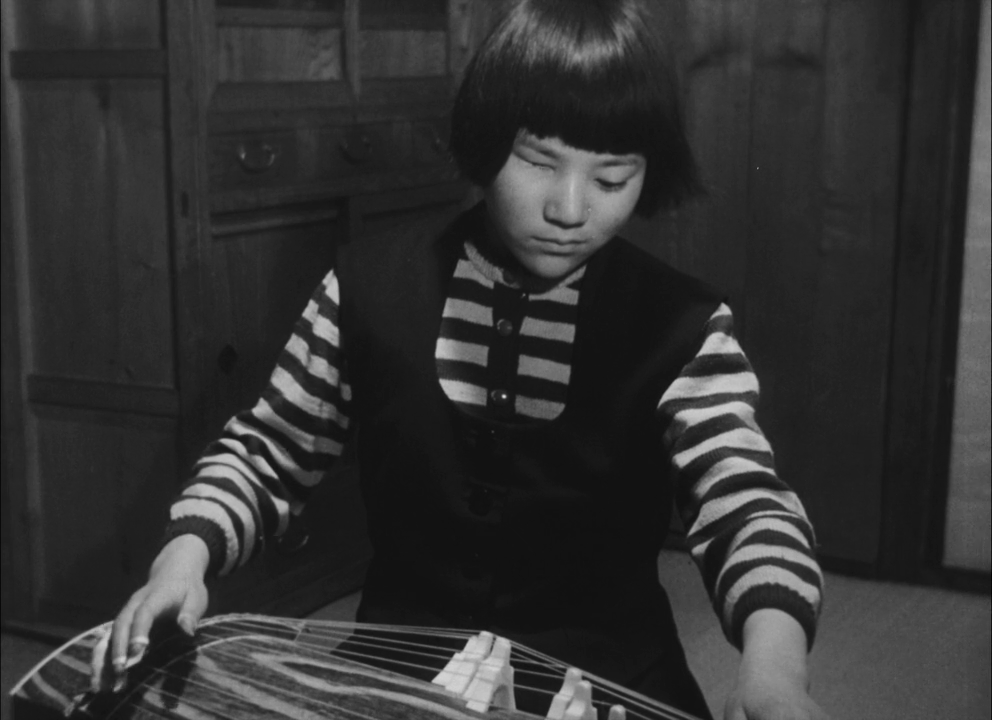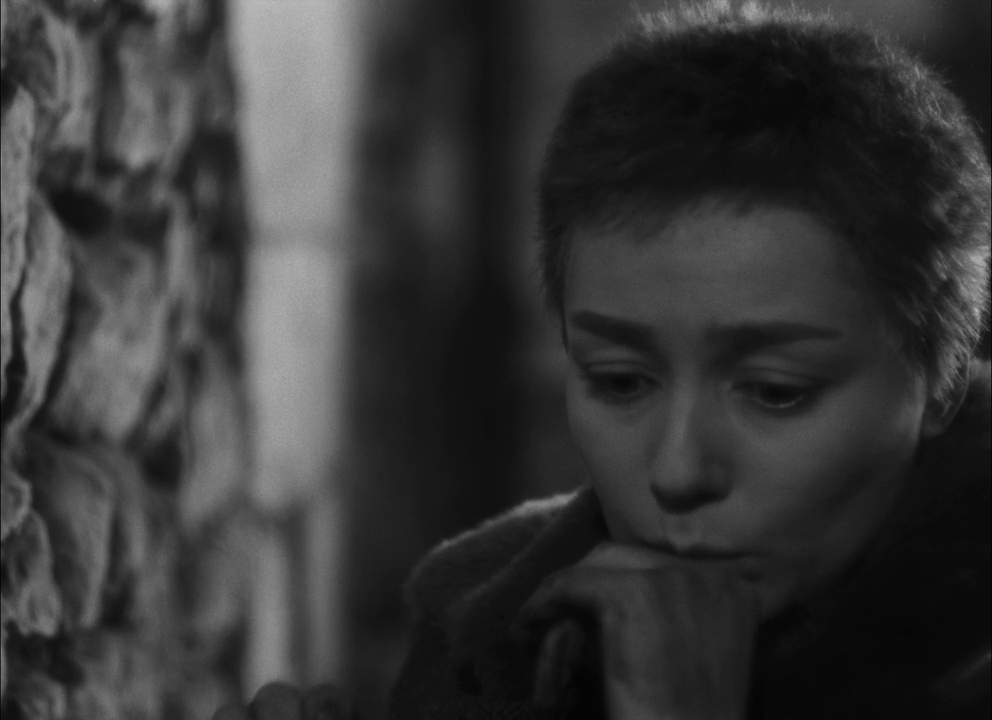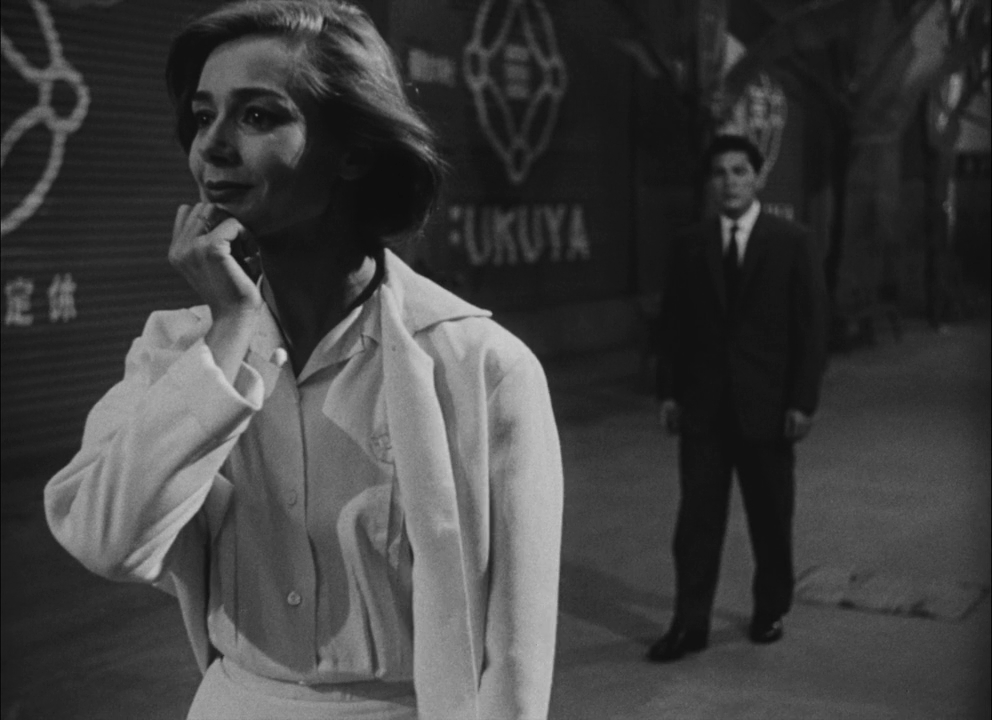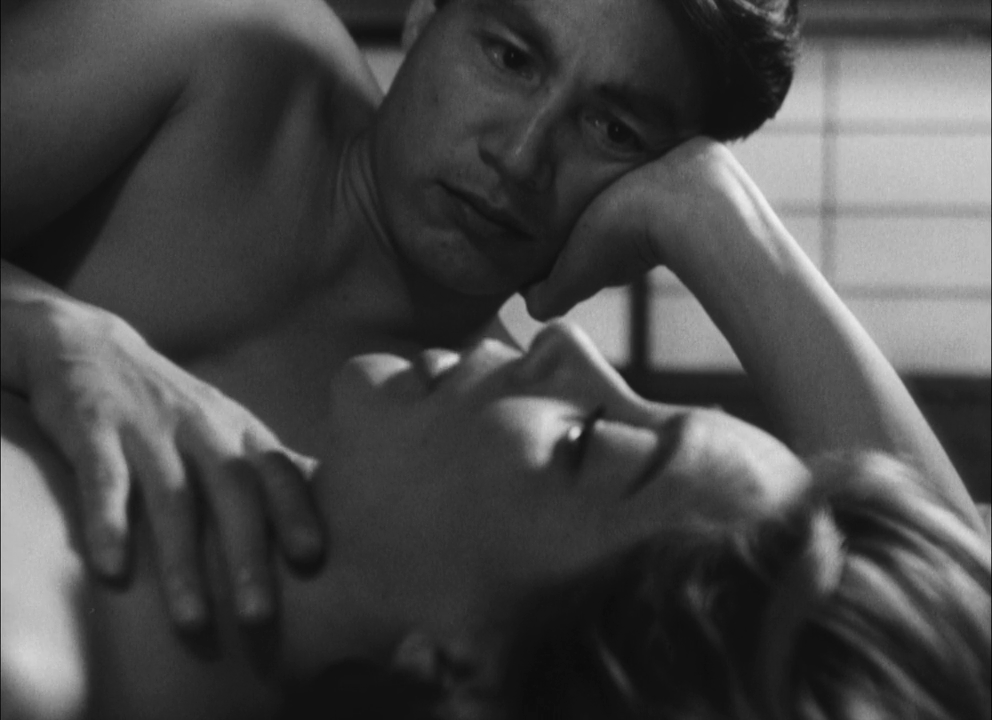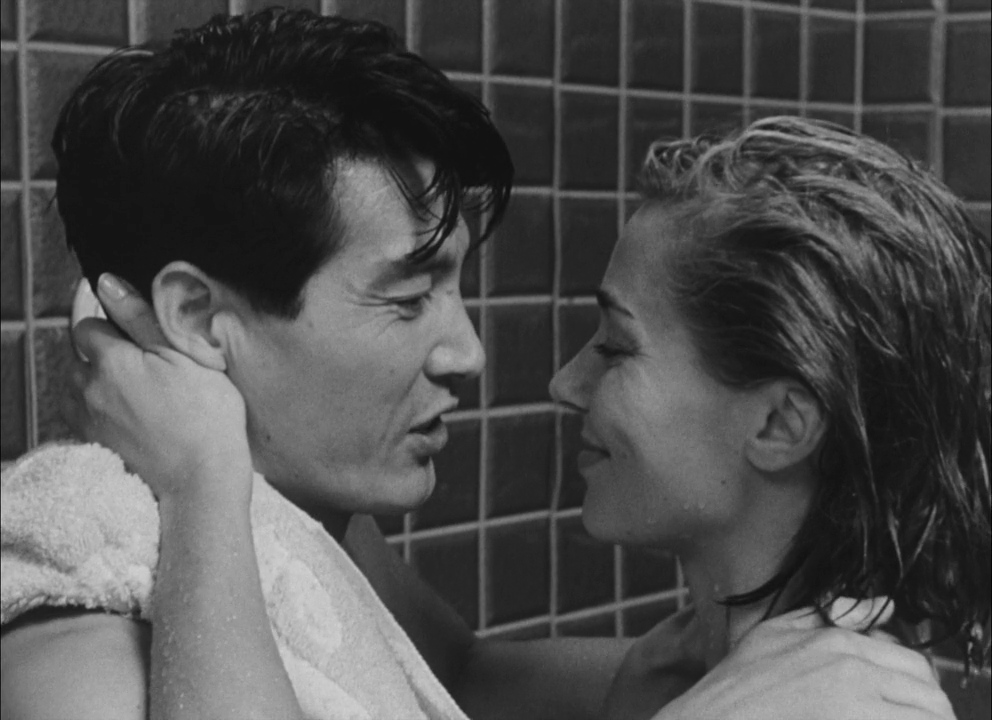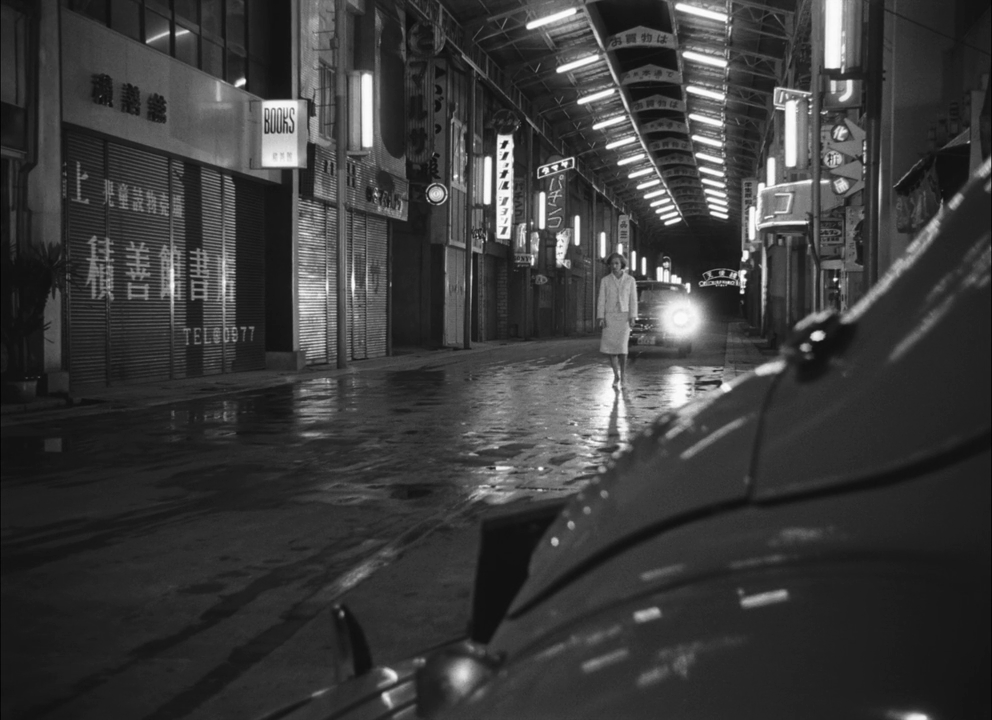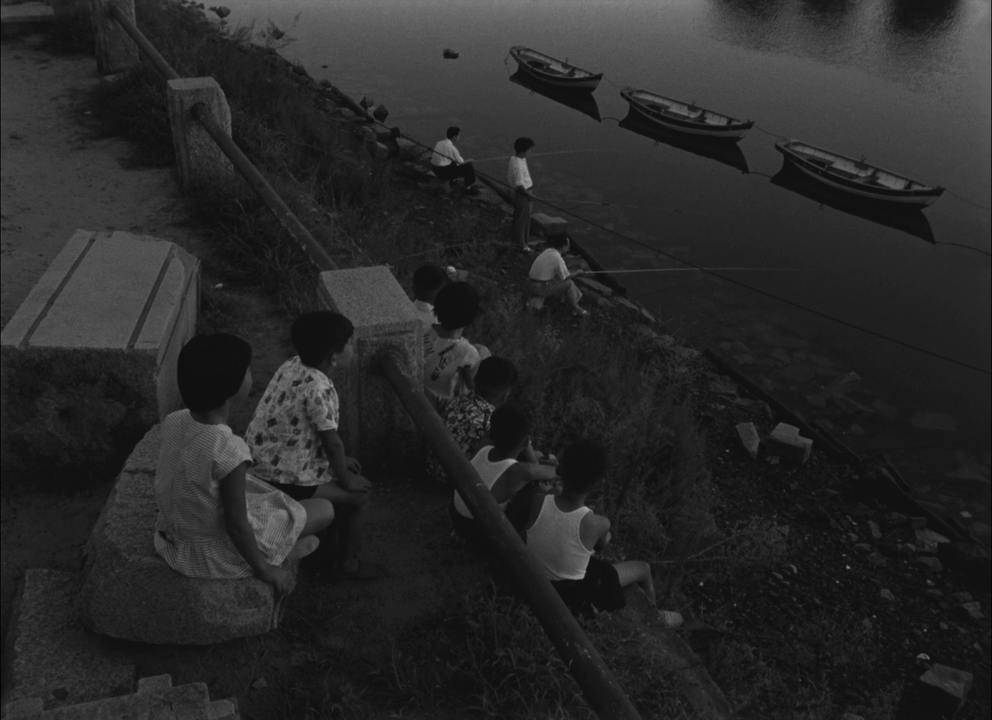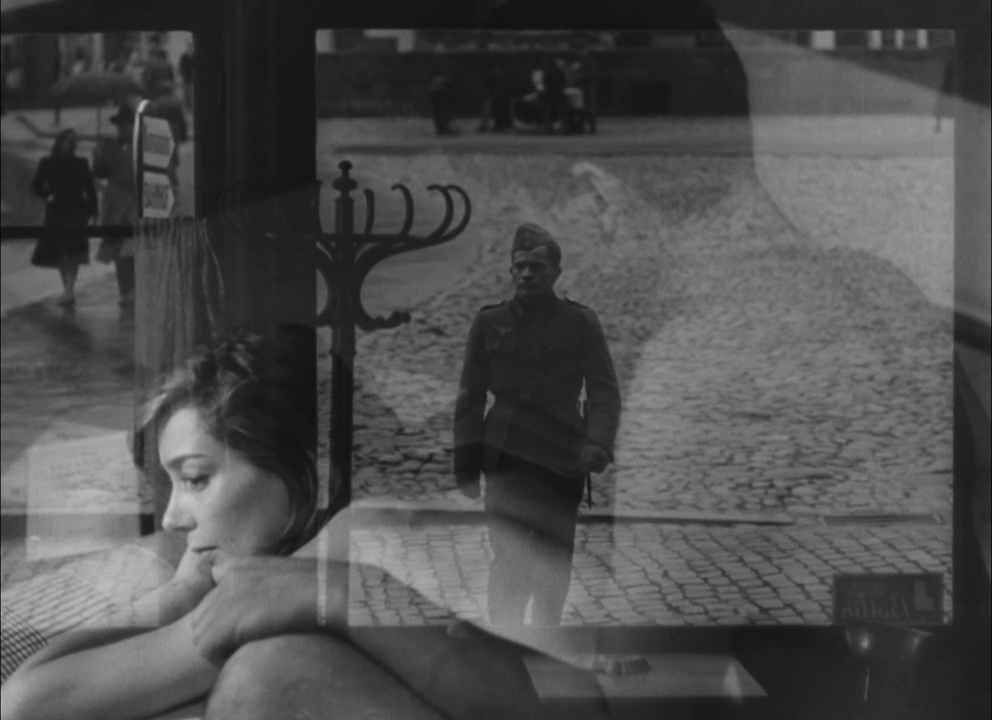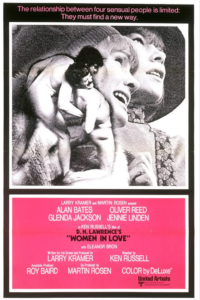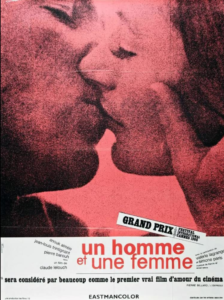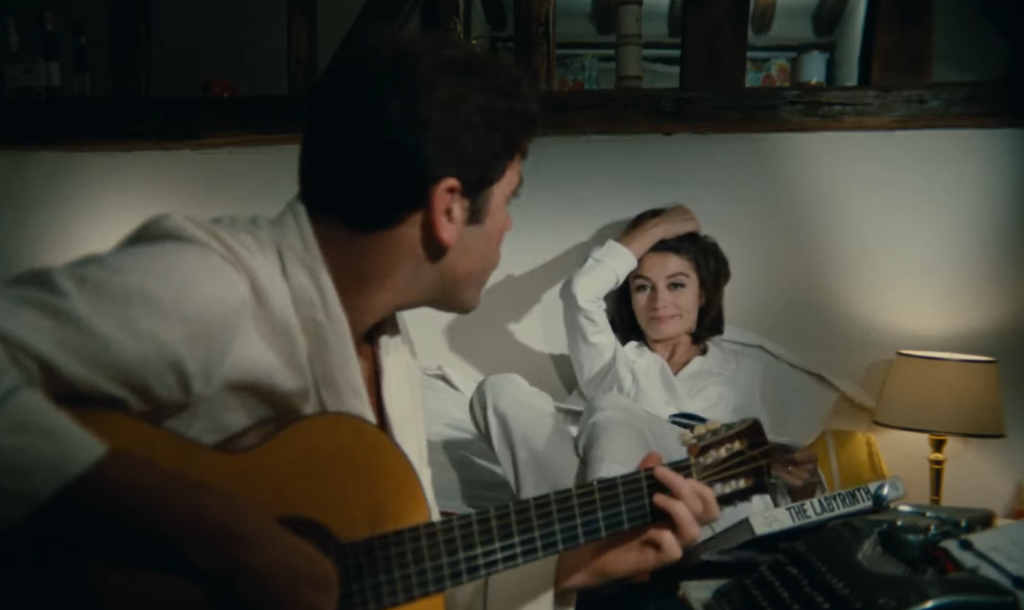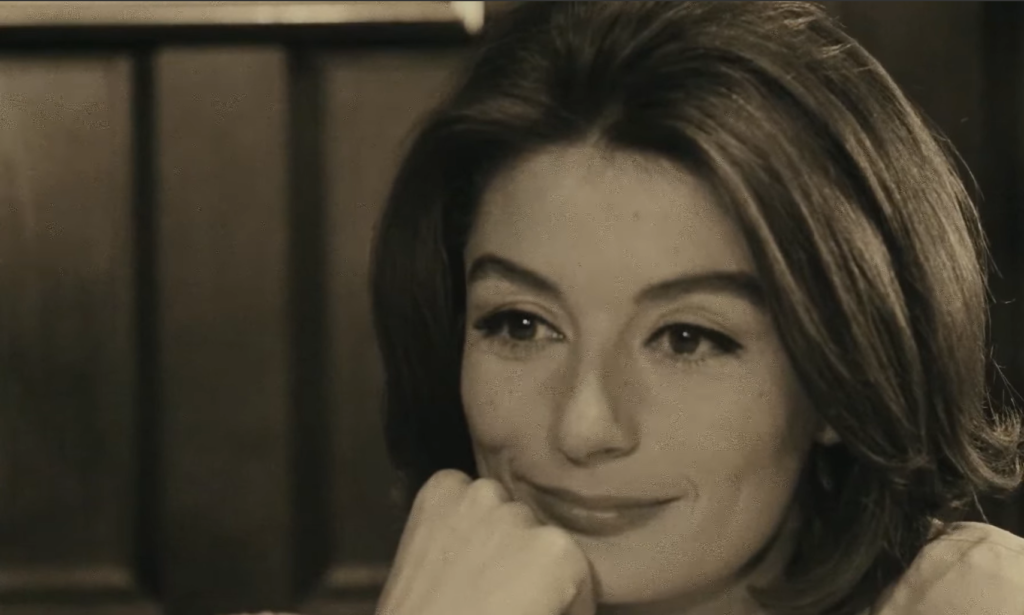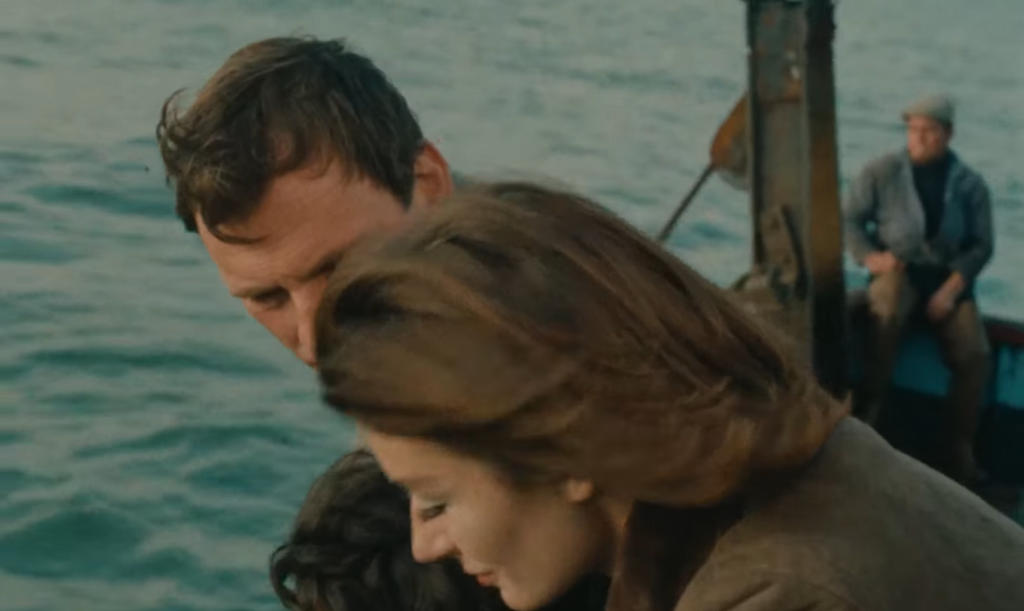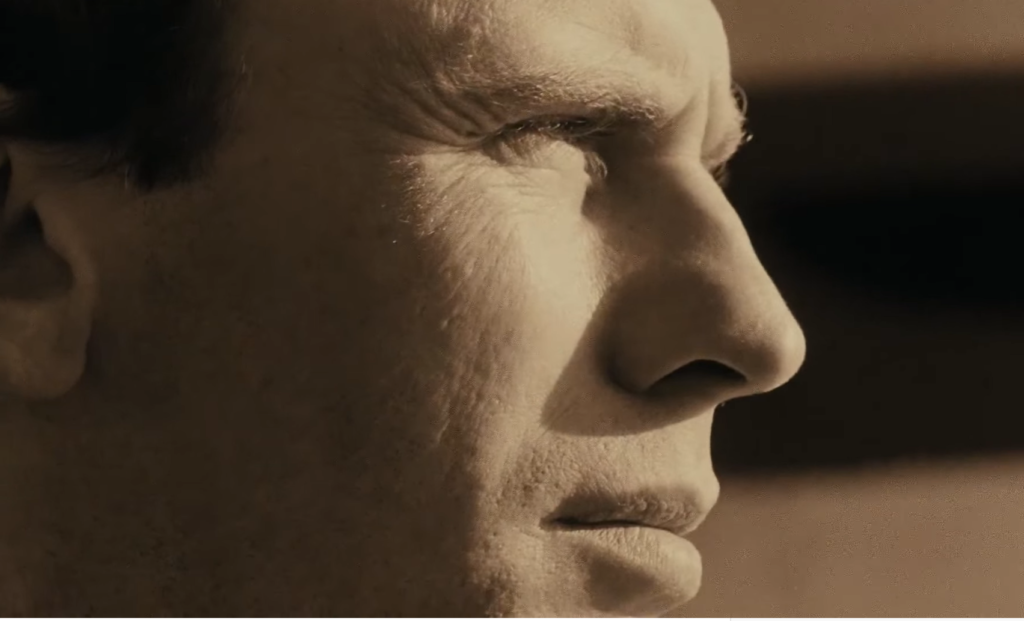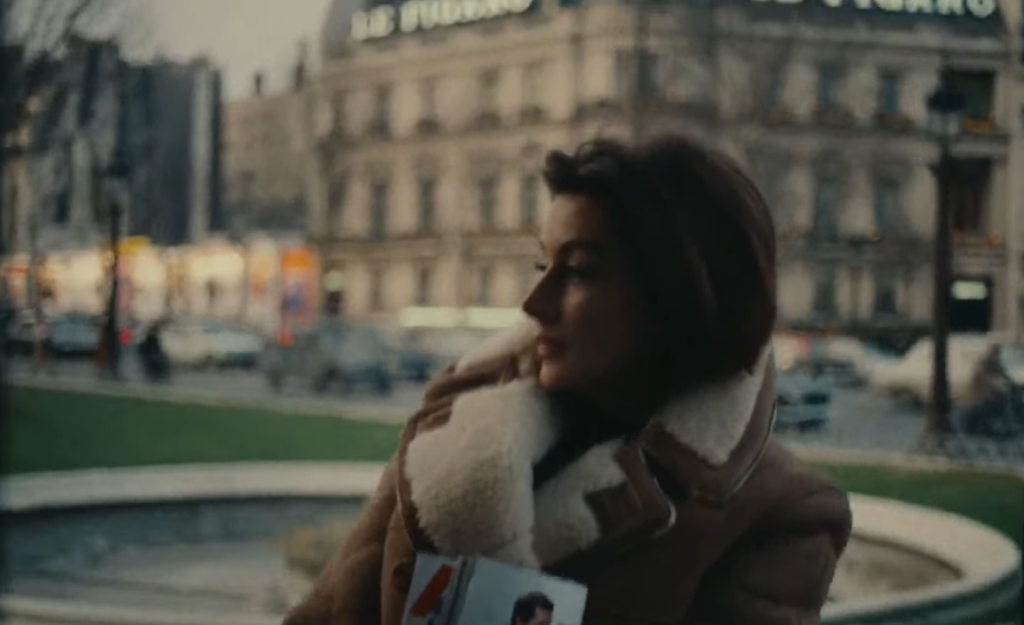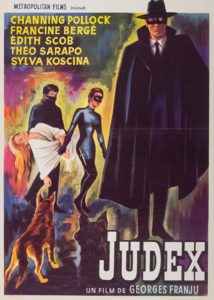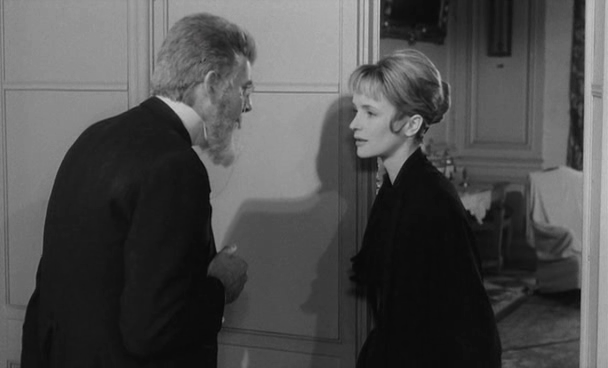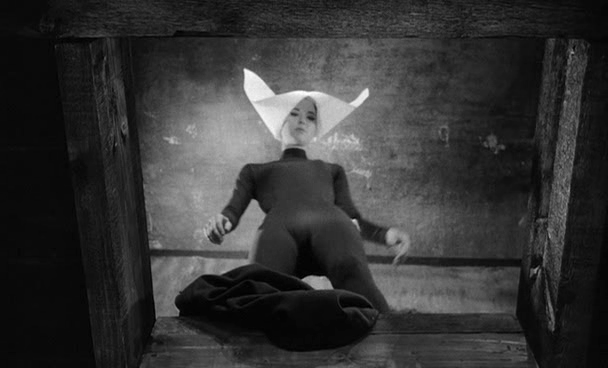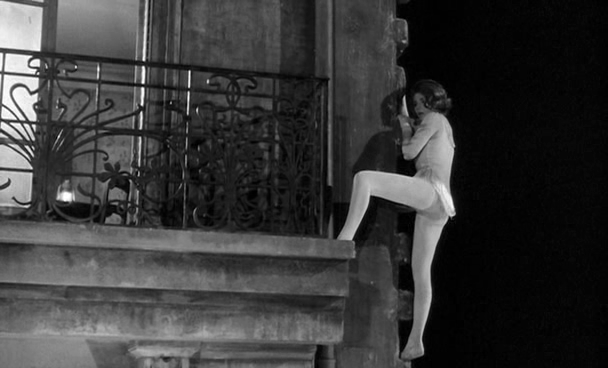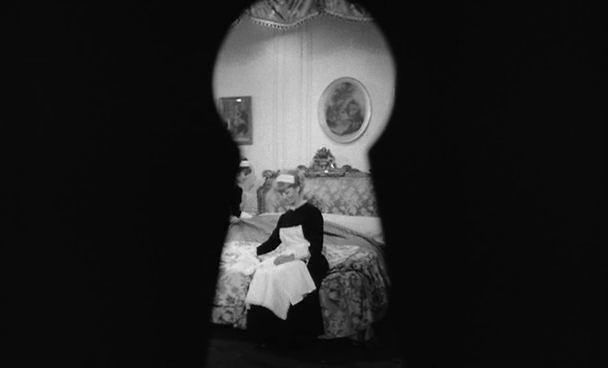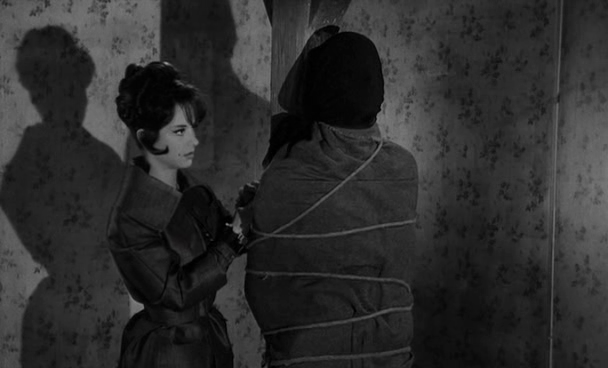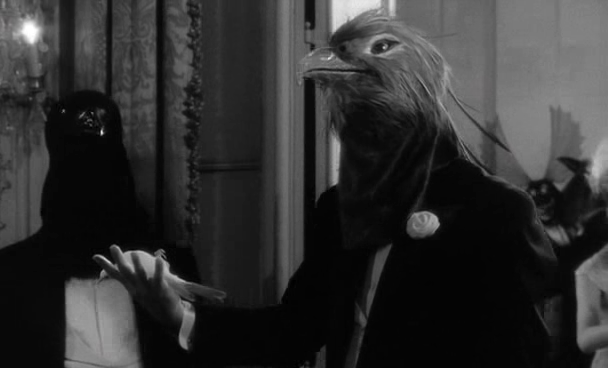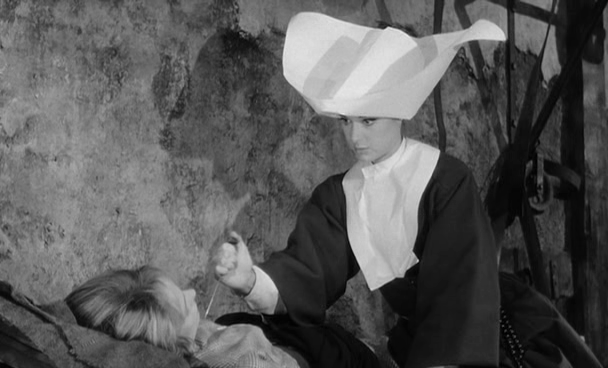|
Genres, Themes, Actors, and Directors:
- Alan Bates Films
- Glenda Jackson Films
- Ken Russell Films
- Oliver Reed Films
- Romance
- Sexuality
- Strong Females
Response to Peary’s Review:
Peary argues that Ken Russell’s “visually impressive, sexually explicit adaptation of D.H. Lawrence’s 1920 novel” contains “annoyingly flamboyant” imagery despite “Lawrence’s words [being] graceful and sensual” — but he concedes that Russell “does manage to convey Lawrence’s difficult point about people in a romance pushing and pulling each other and themselves into their correct ‘positions’ in the relationship — just as animals in a jungle form a hierarchy based on predators and prey.” He posits that the “relationship between strong, passionate, cerebral Gudrun [Jackson] and the hard, unloving Gerald [Reed] is about the struggle for power — it is combative and self-destructive and drives them apart.”
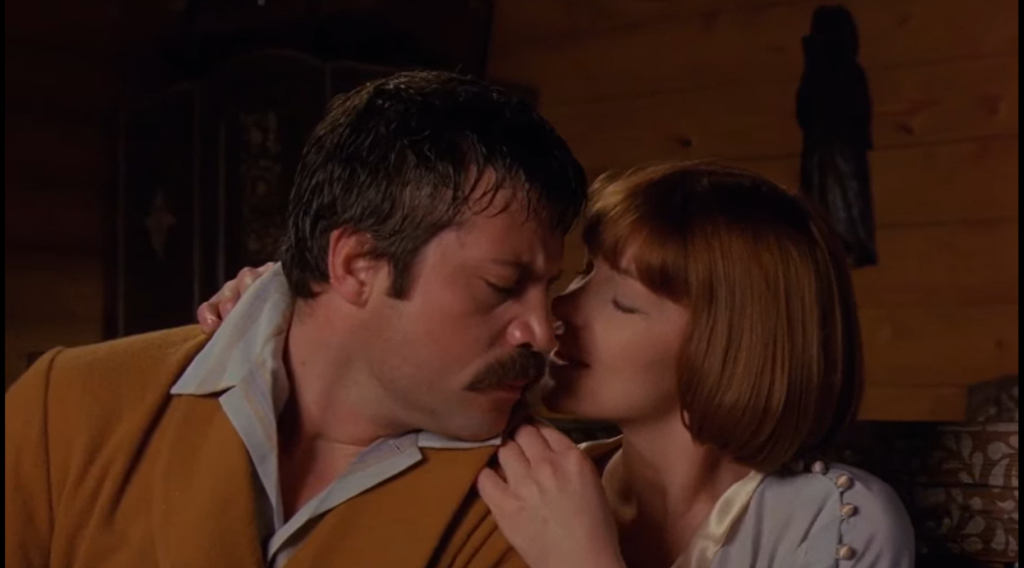
“Meanwhile, Ursula [Linden] and Birkin [Bates], who are more romantic and simpler, grow closer together” and “are seemingly the perfect couple because they love each other equally and each has equal standing in the relationship”:
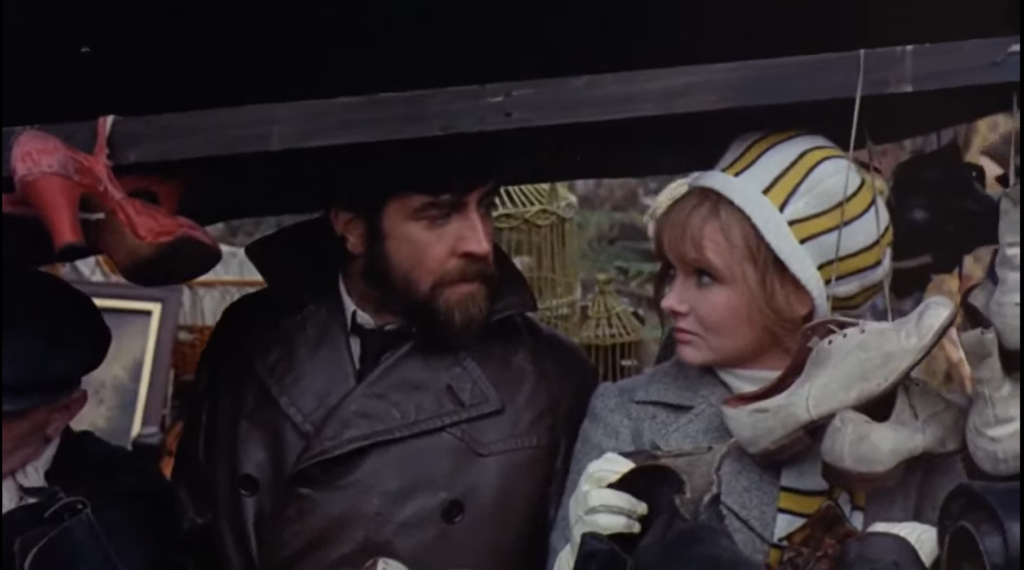
(However, the film’s final scene and image belie this easy interpretation.)
Peary adds that “when the characters make love, especially outdoors, the ‘animal’ analogy is obvious; but it’s interesting to watch how Russell keeps them involved in other physical activities when they’re not having sex — they spend much time dancing:
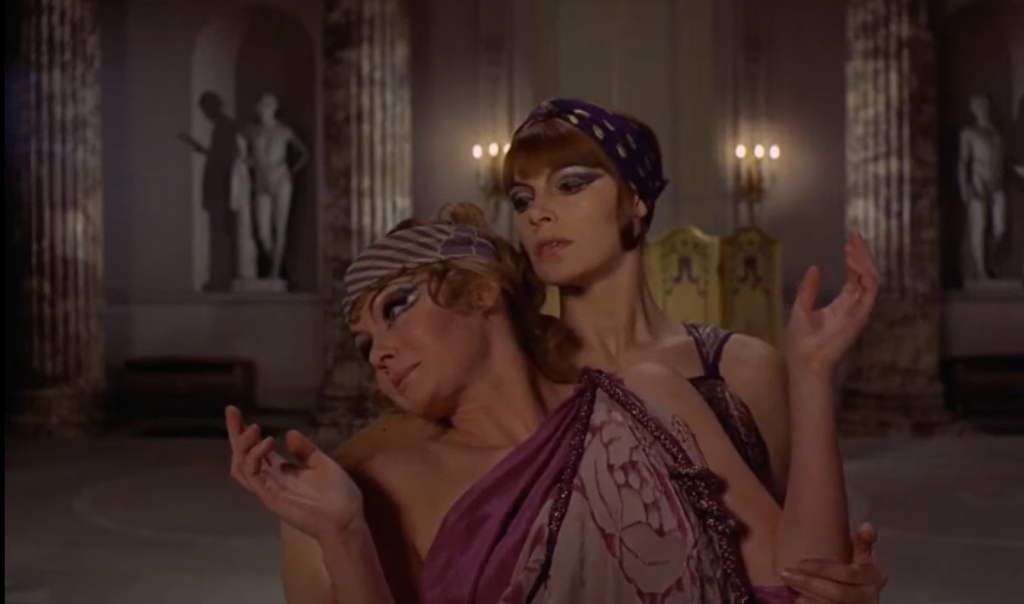
… they swim, they go sledding, they roll in the snow:

… there is slapping, there is fighting, some men are even knocked down by attack dogs.”
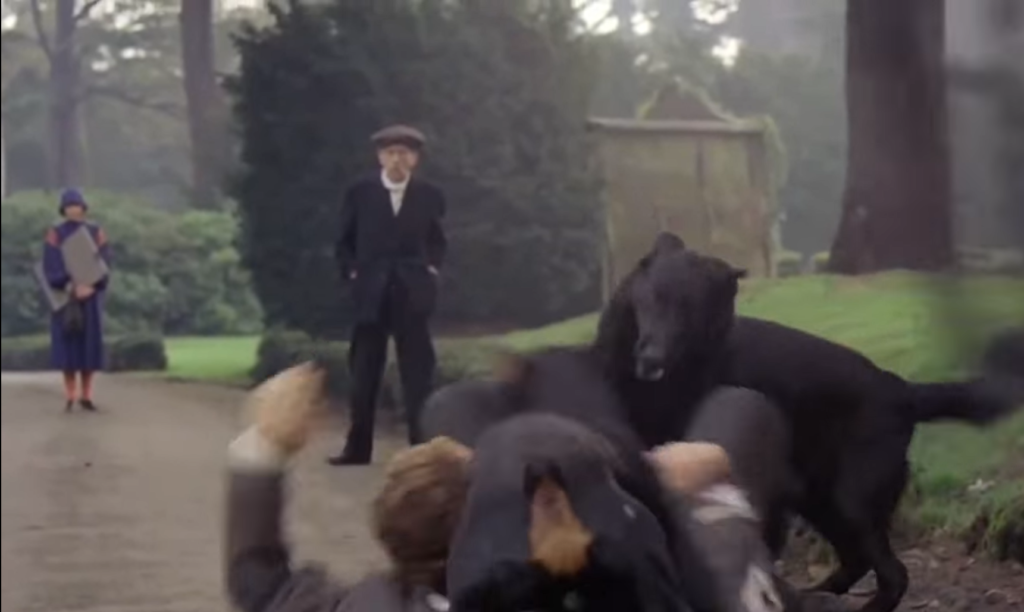
Peary notes that “the performances by the four leads are quite strong… and they are to be commended for appearing in [adult-rated] love scenes when stars of that era were reluctant to do so.” However, he asserts that “from a director’s standpoint, the nude fight scene between Birkin and Gerald:
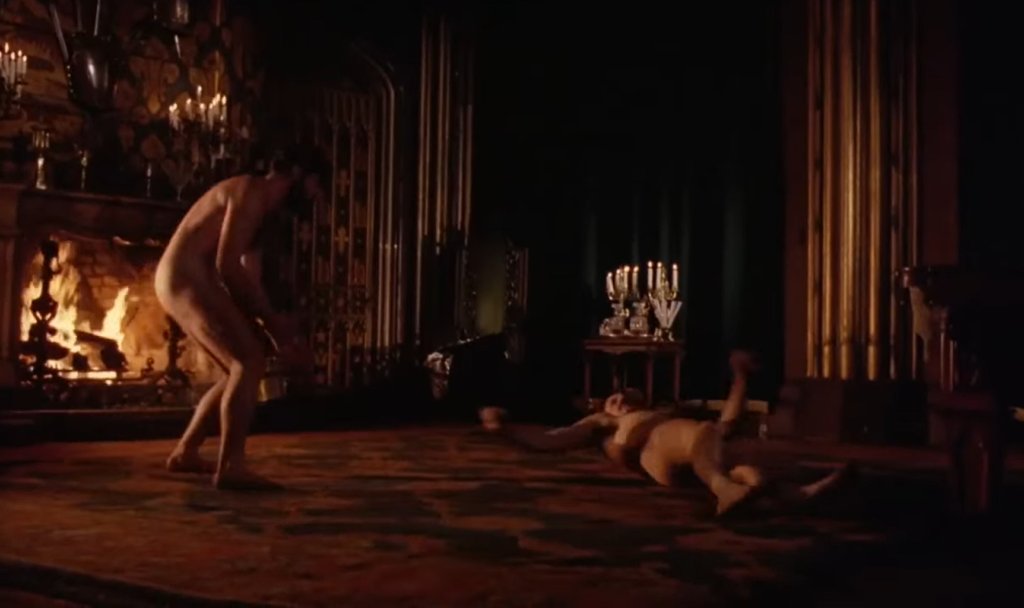
… and the scene in which the nude Birkin and Ursula run toward each other and Russell turns their images within the frame so that they’re horizontal are shamefully pretentious.”
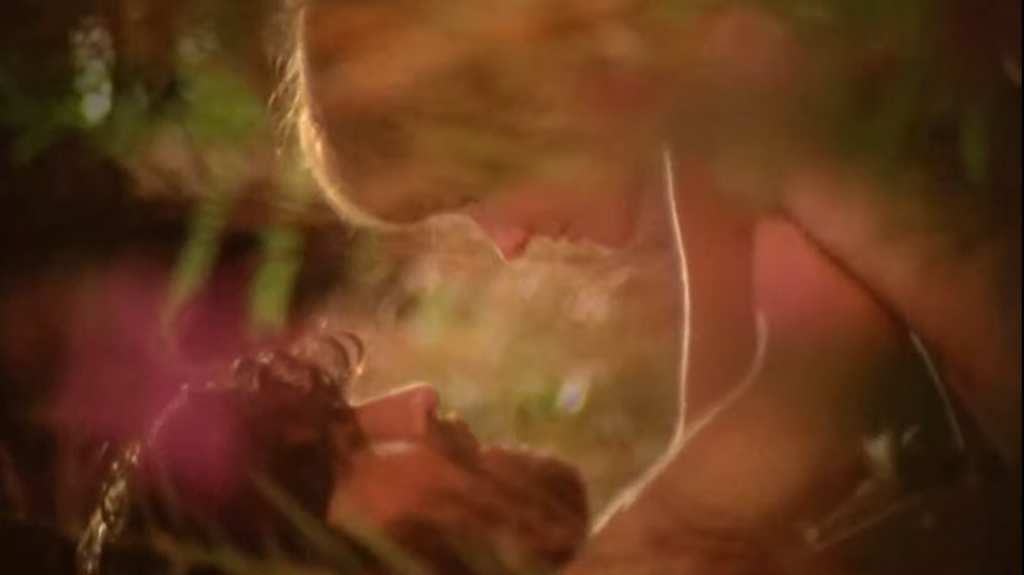
(The latter might possibly be so, but I disagree about the former, which is a masterfully filmed, oft-discussed and provocative sequence.)
Peary adds that “worse still is Gudrun’s improvisational outdoor dance” — though I’m not exactly sure why he takes issue with it:
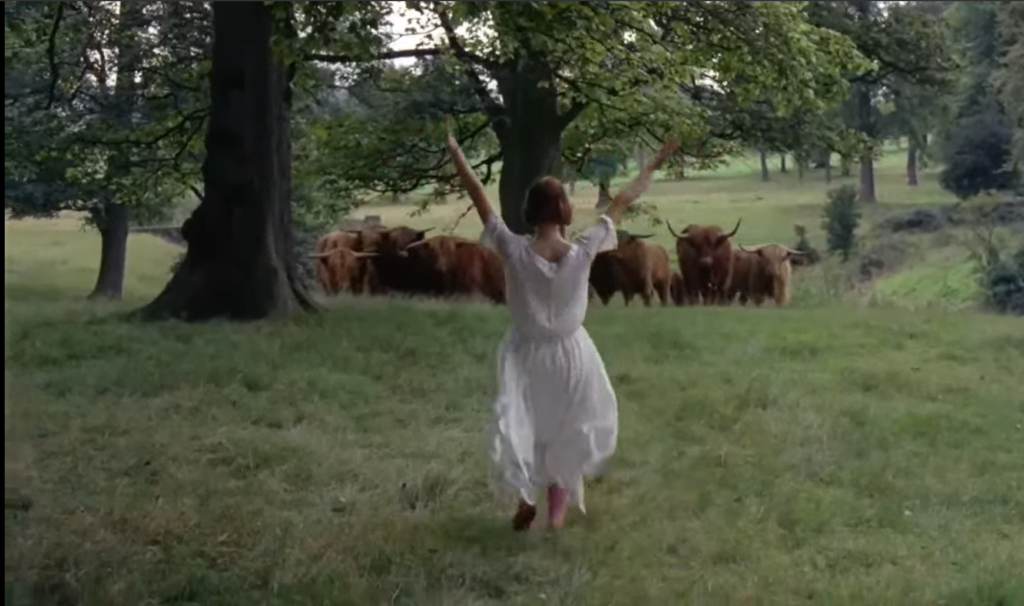
In Alternate Oscars, Peary agrees with the Academy in naming Jackson Best Actress of the Year, noting that “Jackson impressed everyone, including [him] in 1970, because she was much different from other leading actresses of the day… [She] came across as extremely intelligent, forceful, defiant, and witty, and could convincingly play women with similar traits without turning off viewers to herself or the characters.” He asserts that while “in the past, viewers rarely warmed to intellectual female characters,” “Jackson showed that brainy women like Gudrun are capable of tremendous passion, even heightened sexuality because of their curiosity.”
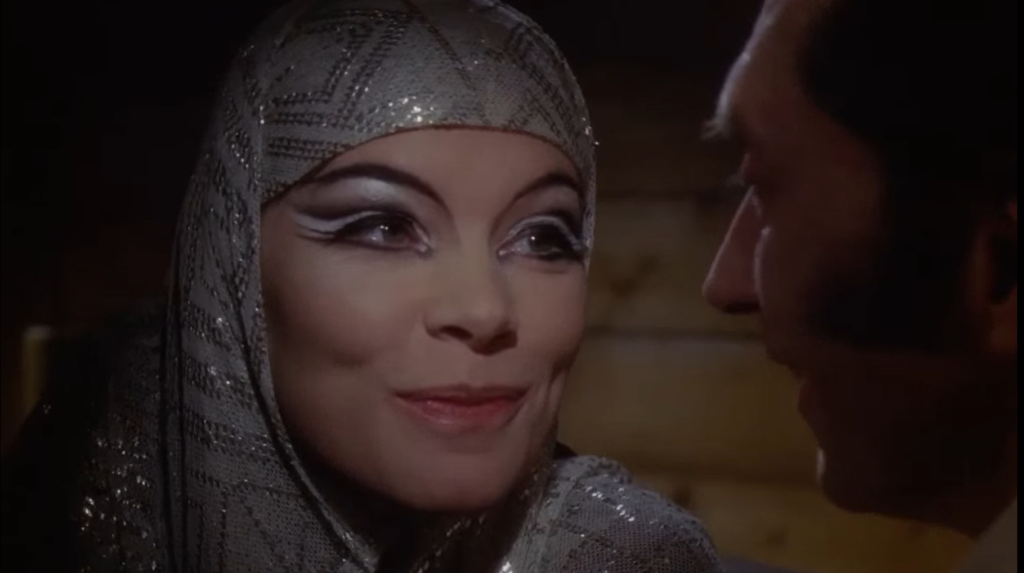
He writes that “Jackson gives a bold performance, making no attempt to cover those traits that might diminish Gudrun’s appeal. Apart from barroom floozies in Westerns and B melodramas, Gudrun is one of the few sympathetic female leads with more than a touch of arrogance. She isn’t just highly spirited or headstrong or even aloof — she is arrogant.”
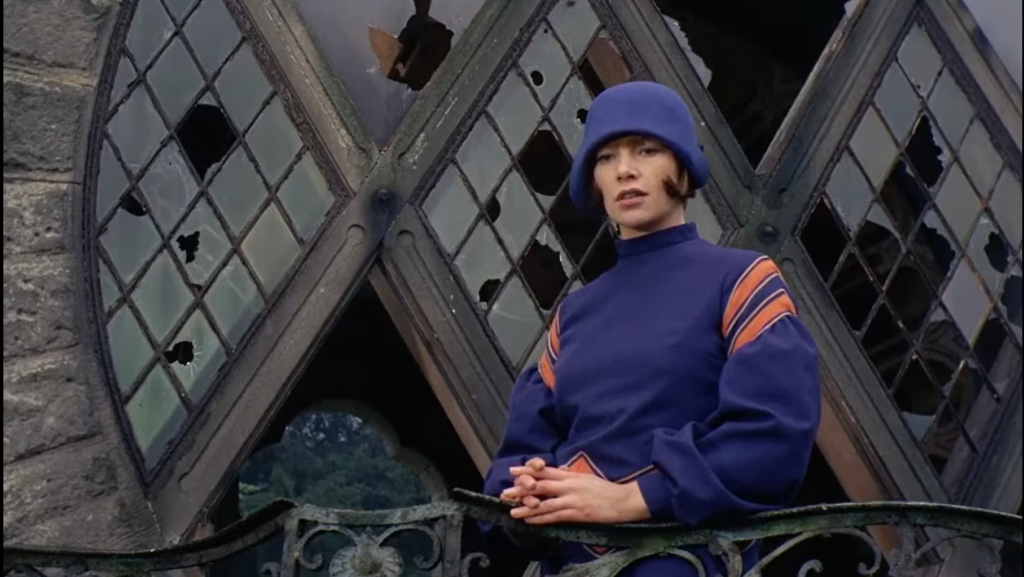
However, Peary asserts that “this doesn’t come aross as meanness… or condescension. It comes across in her refusal to conform or compromise; or — and this drives macho men like Gerald crazy — to reveal her weaknesses or dependence on men.”
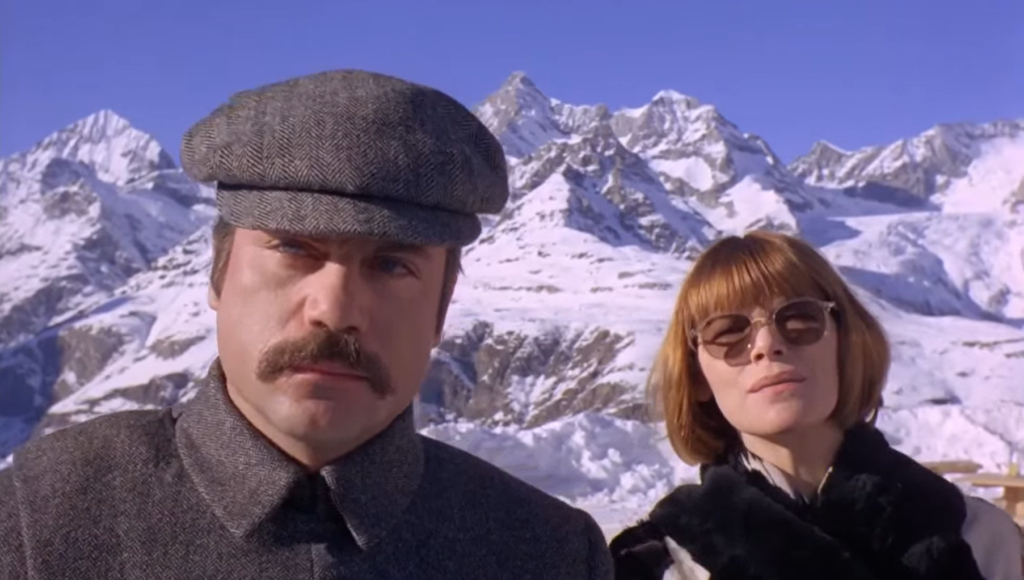
While this unusual film isn’t for all tastes, Russell exhibits enough innovation and creativity to recommend it for one-time viewing — and Jackson’s strong performance is indeed worth a watch.
Notable Performances, Qualities, and Moments:
- Glenda Jackson as Gudrun
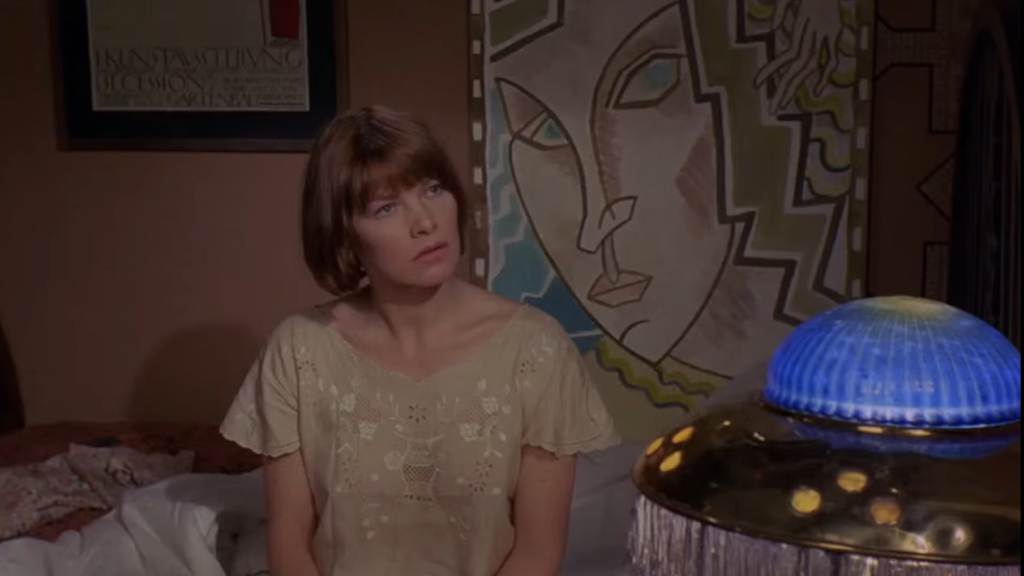
- Oliver Reed as Gerald Crich
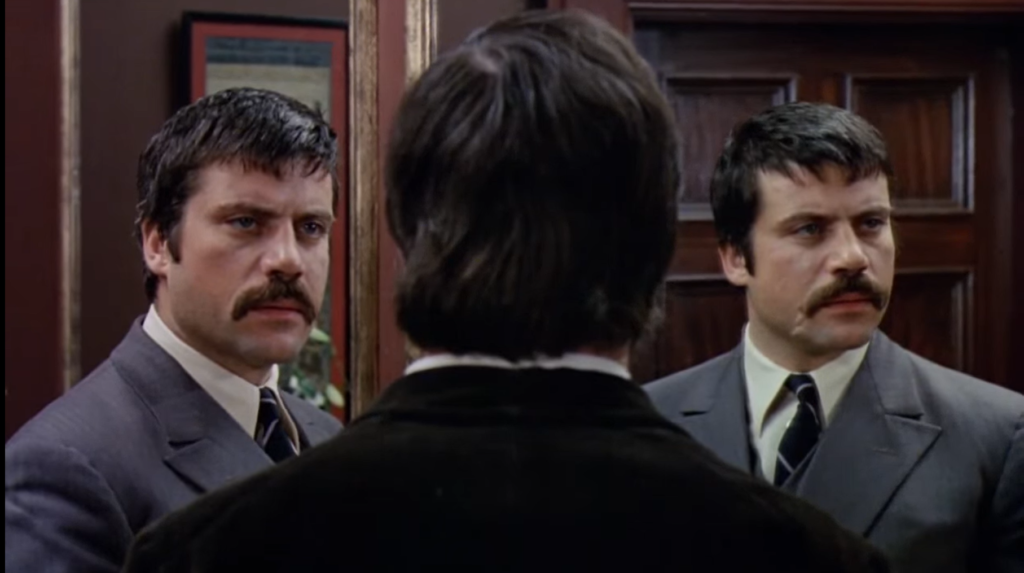
- Alan Bates as Rupert Birkin
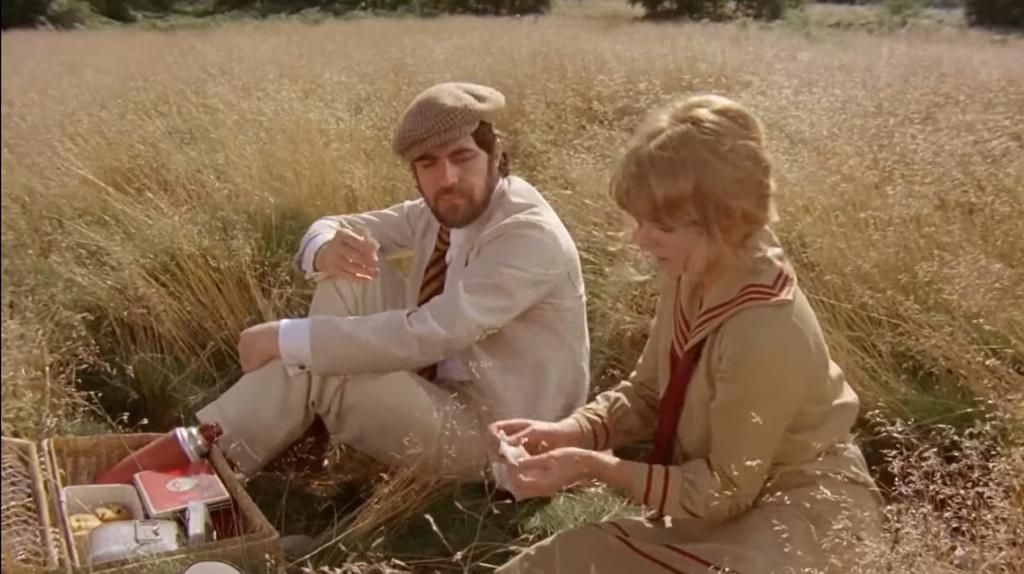
- Billy Williams’ cinematography
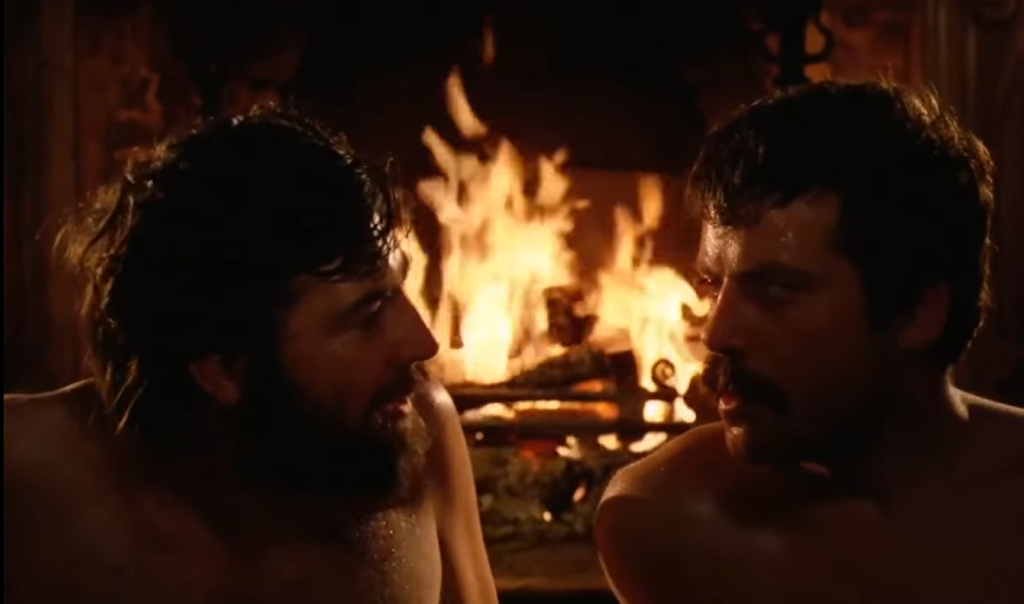
Must See?
Yes, as an unusual outing by a creative director — and for Jackson’s Oscar-winning performance.
Categories
- Important Director
- Oscar Winner or Nominee
Links:
|
